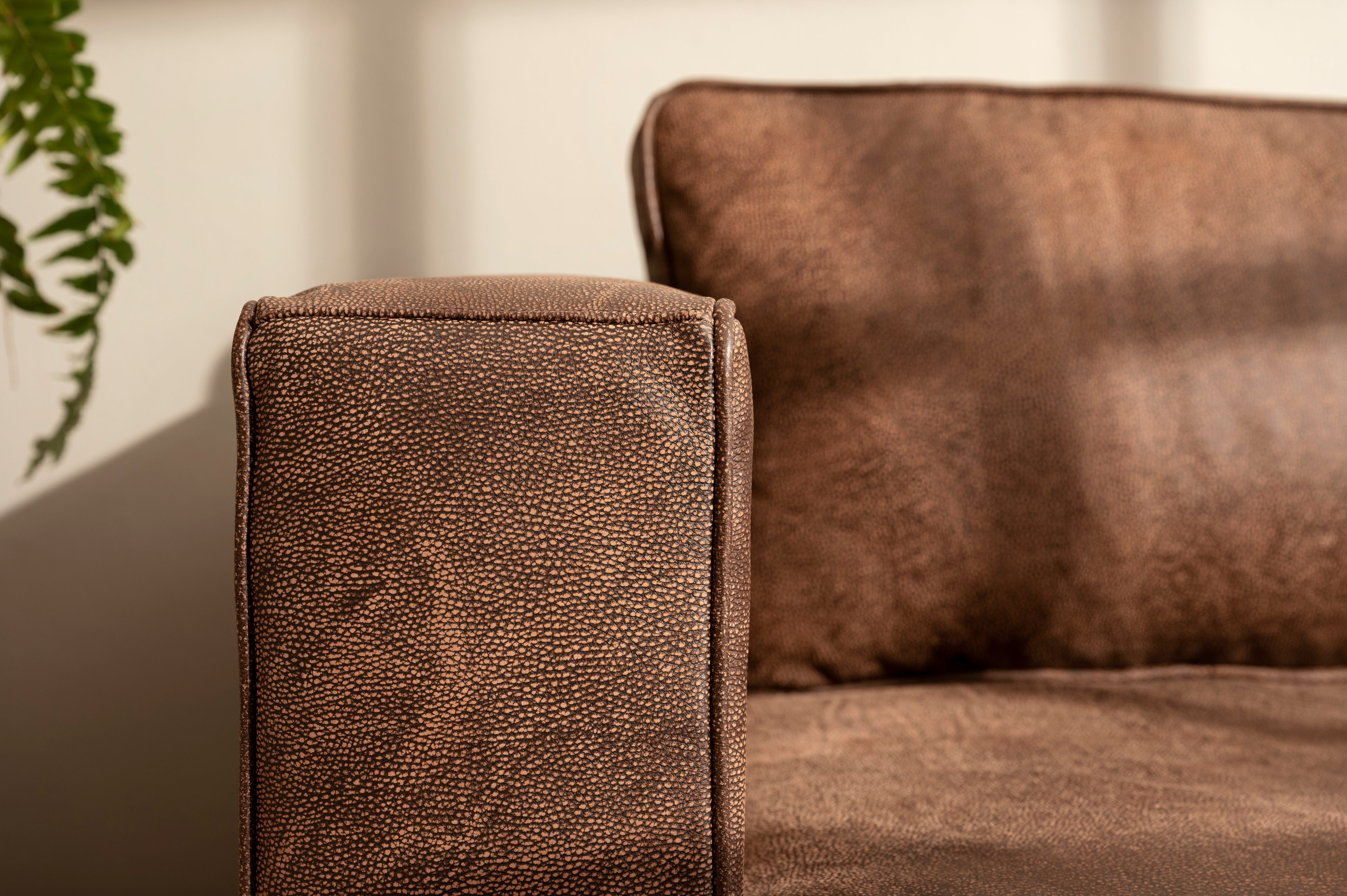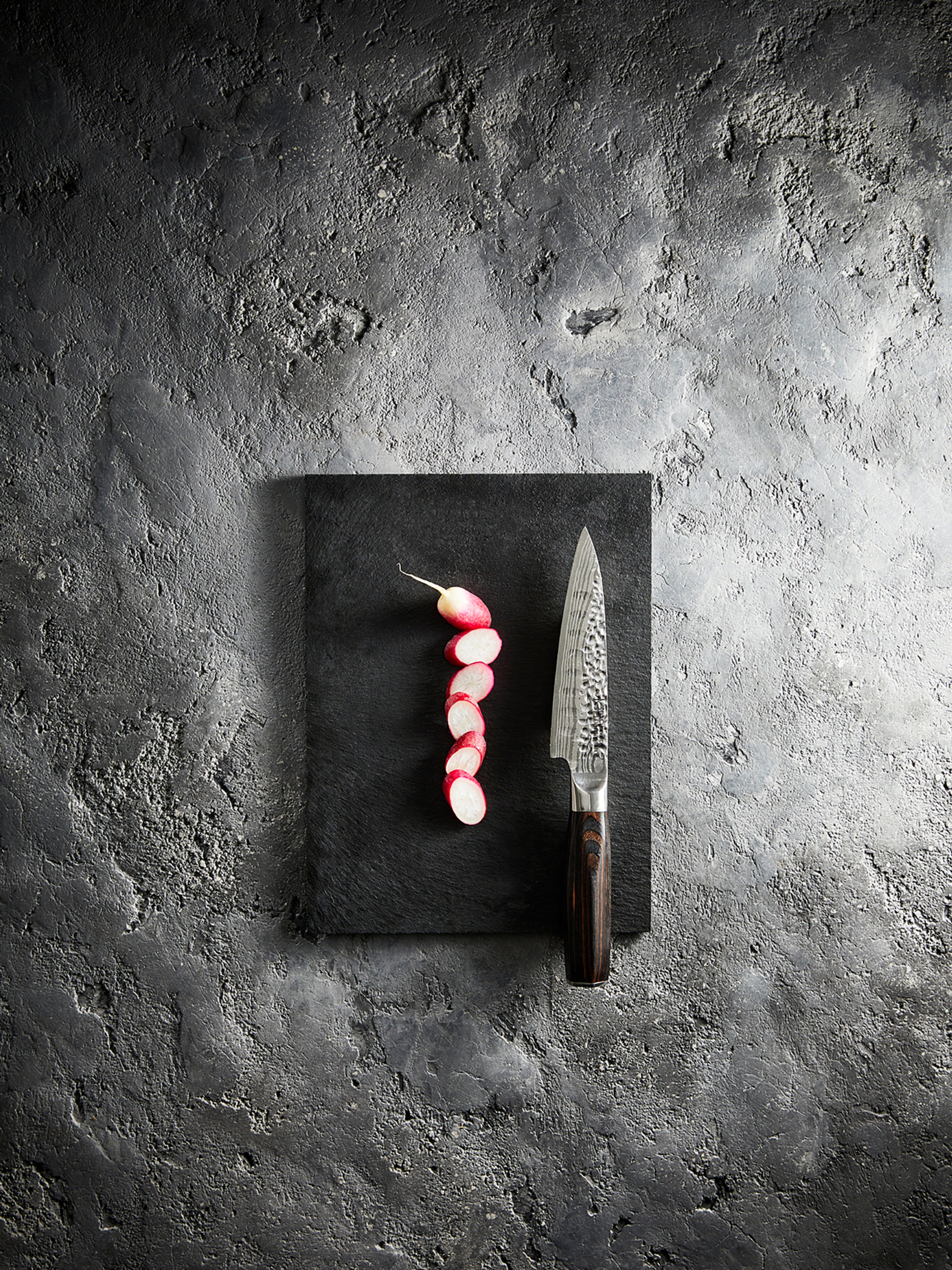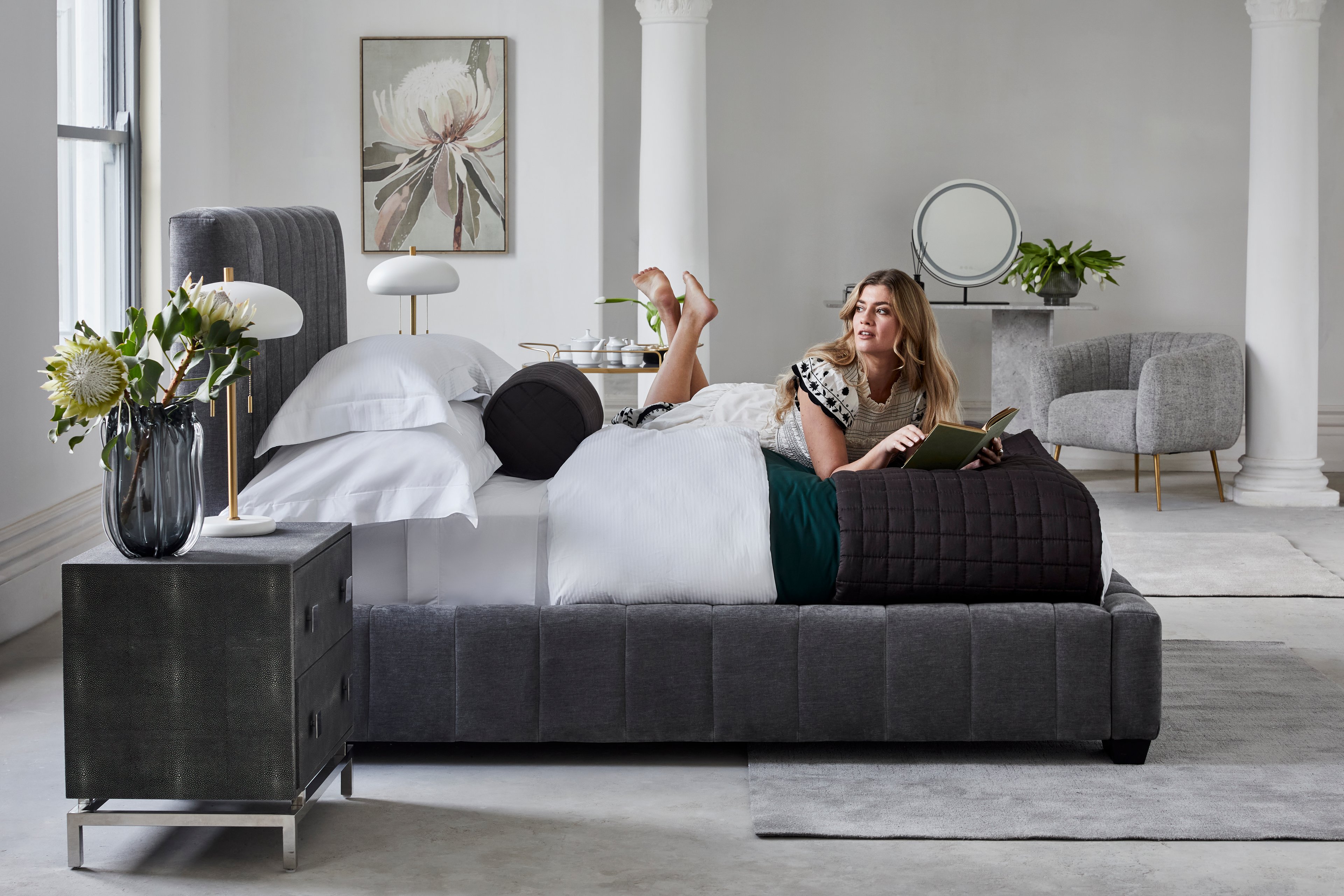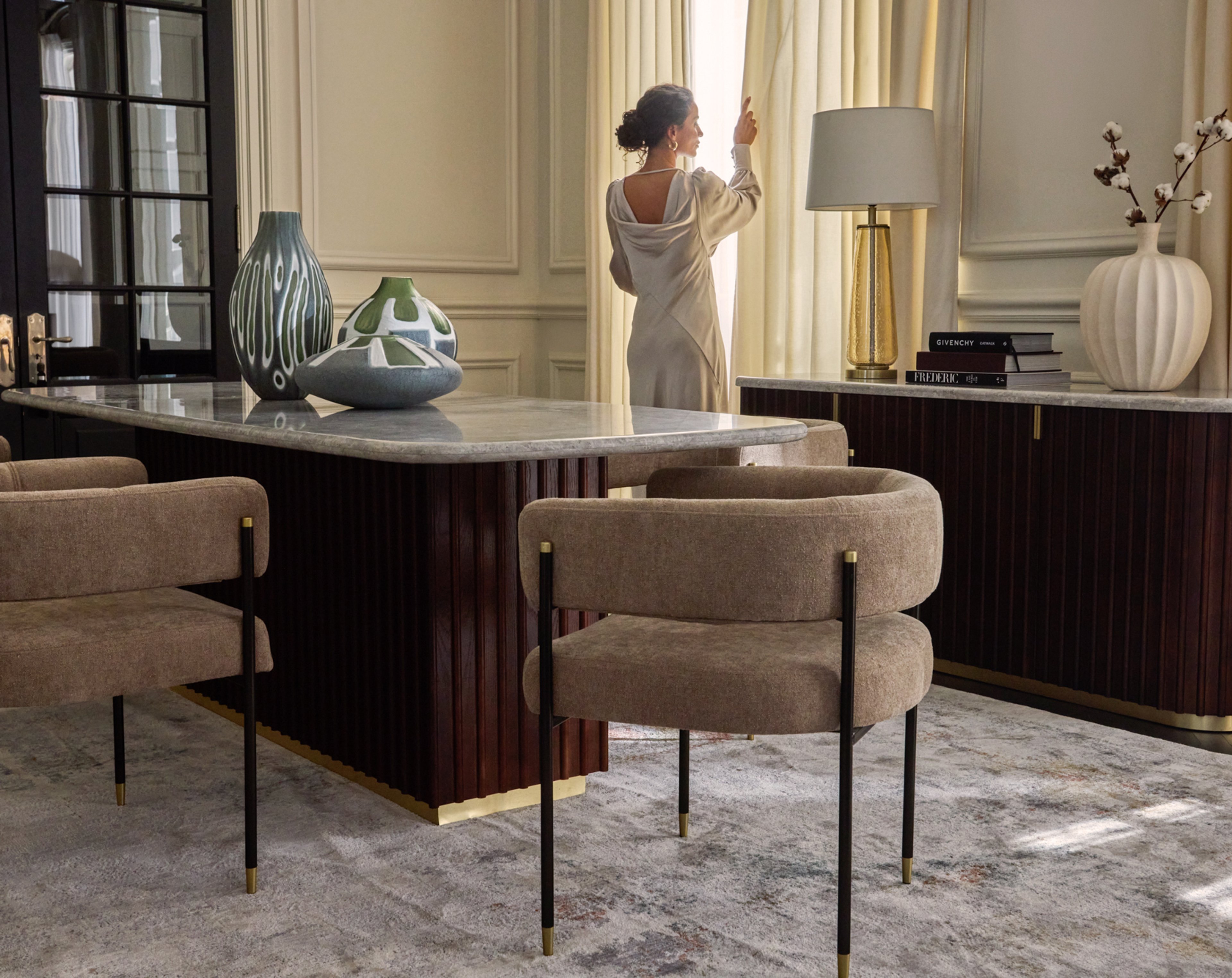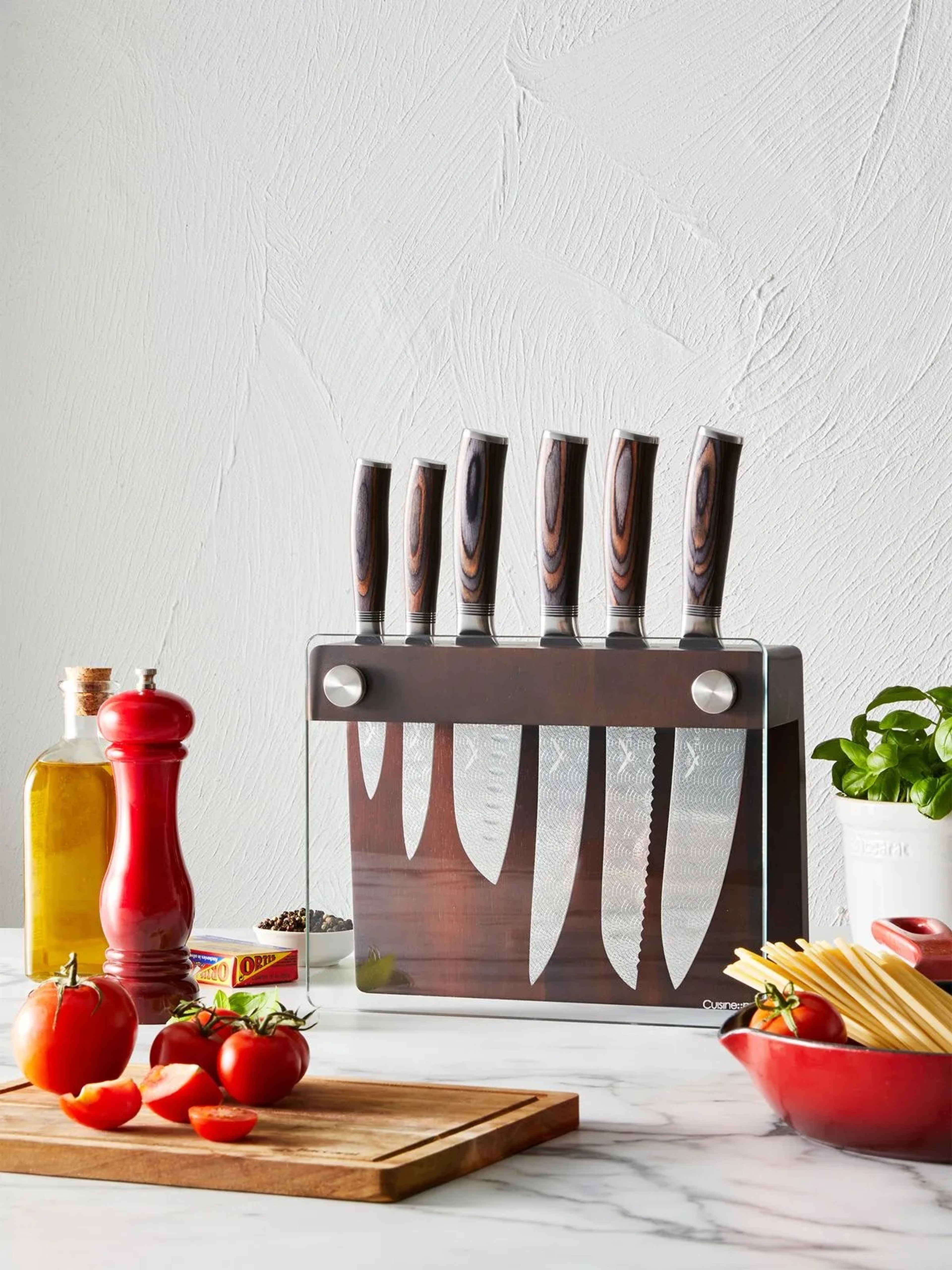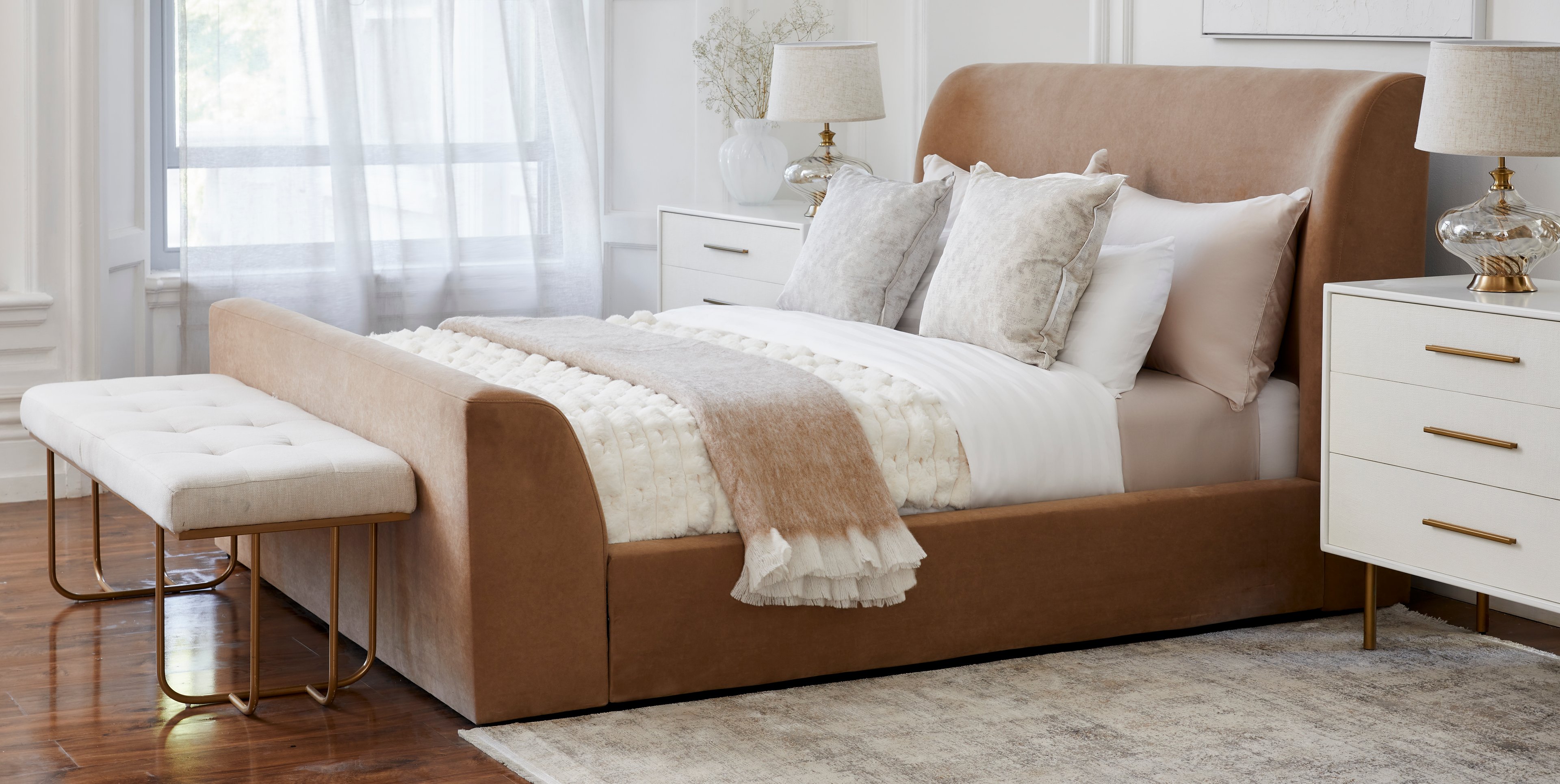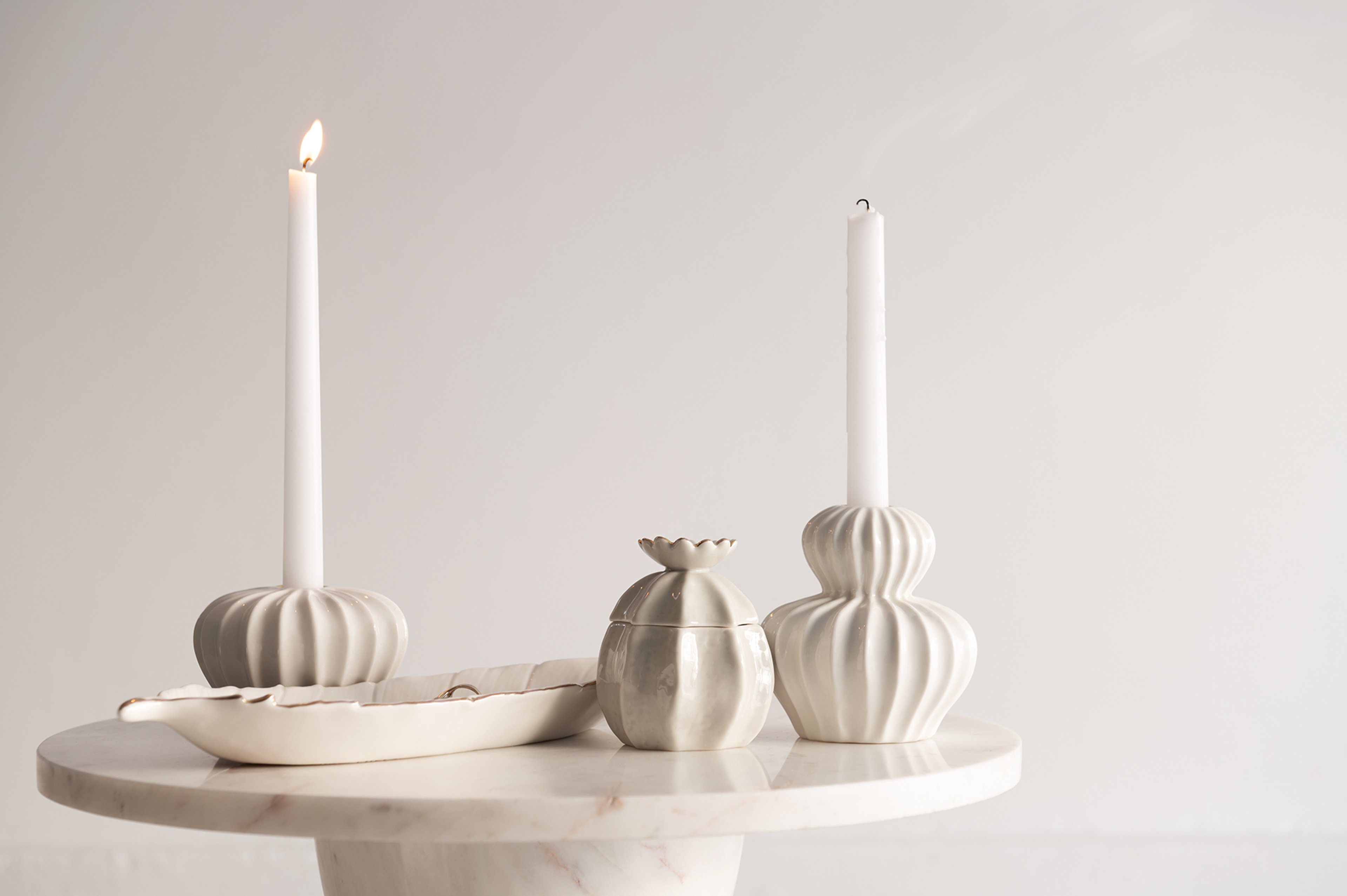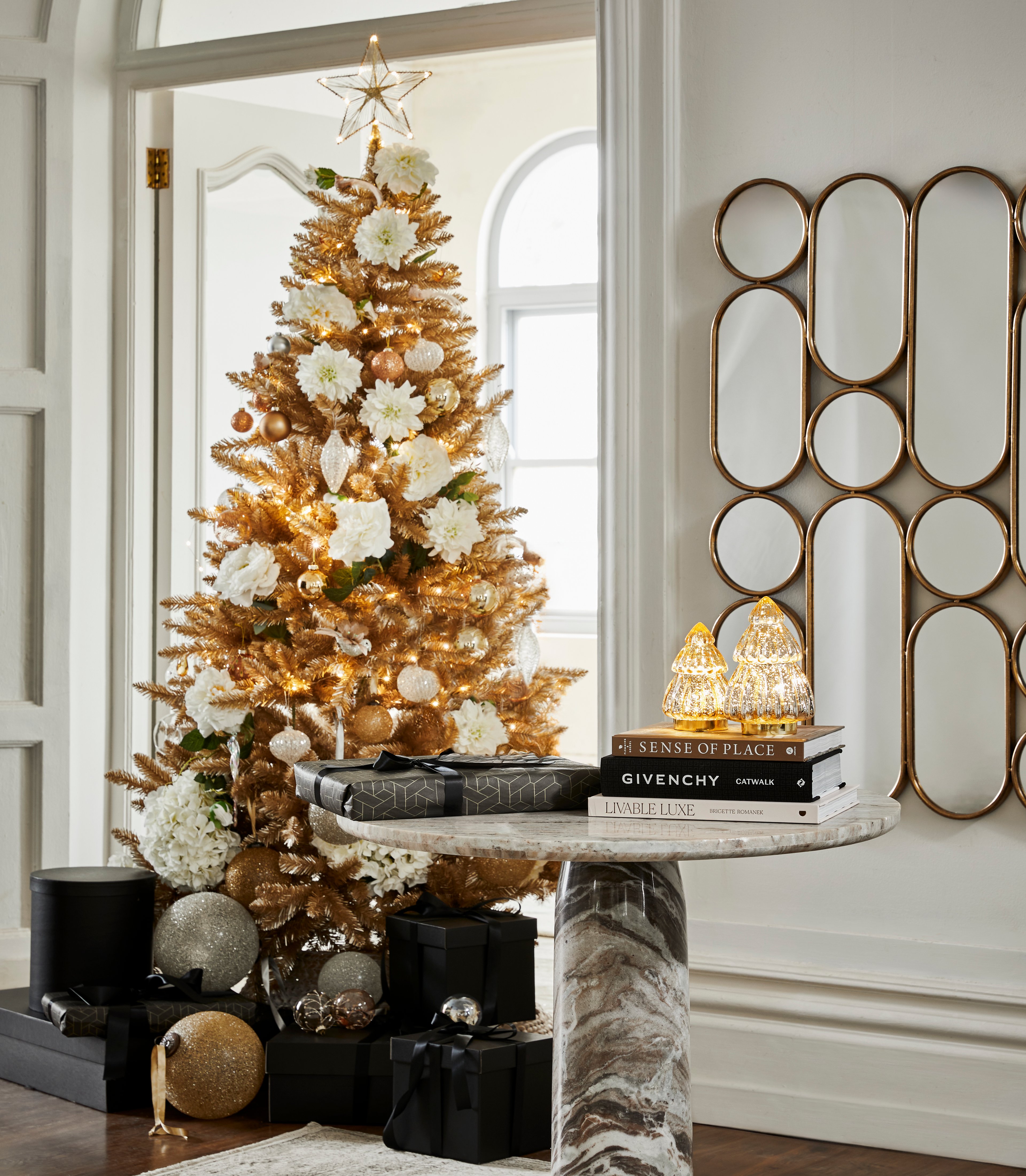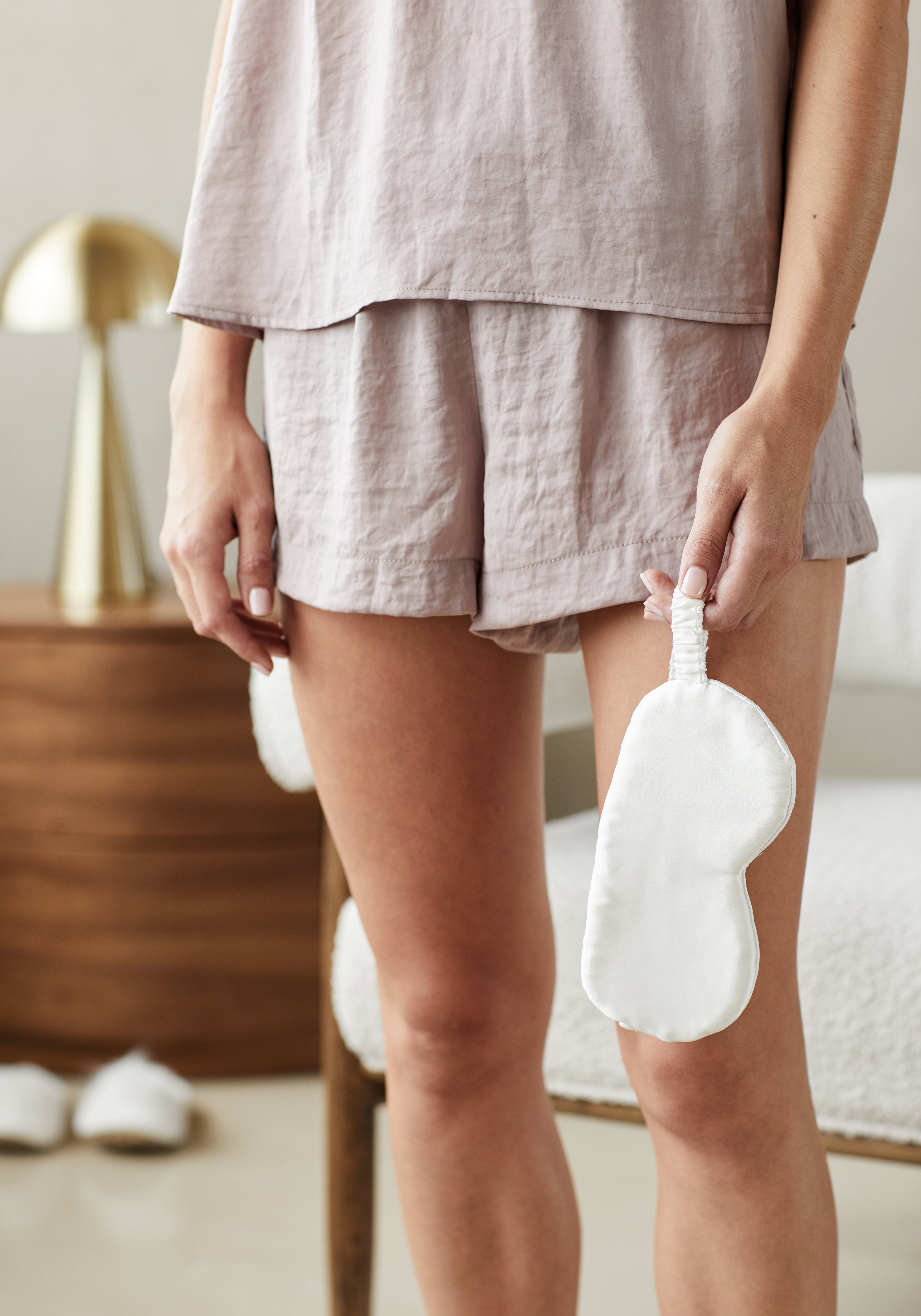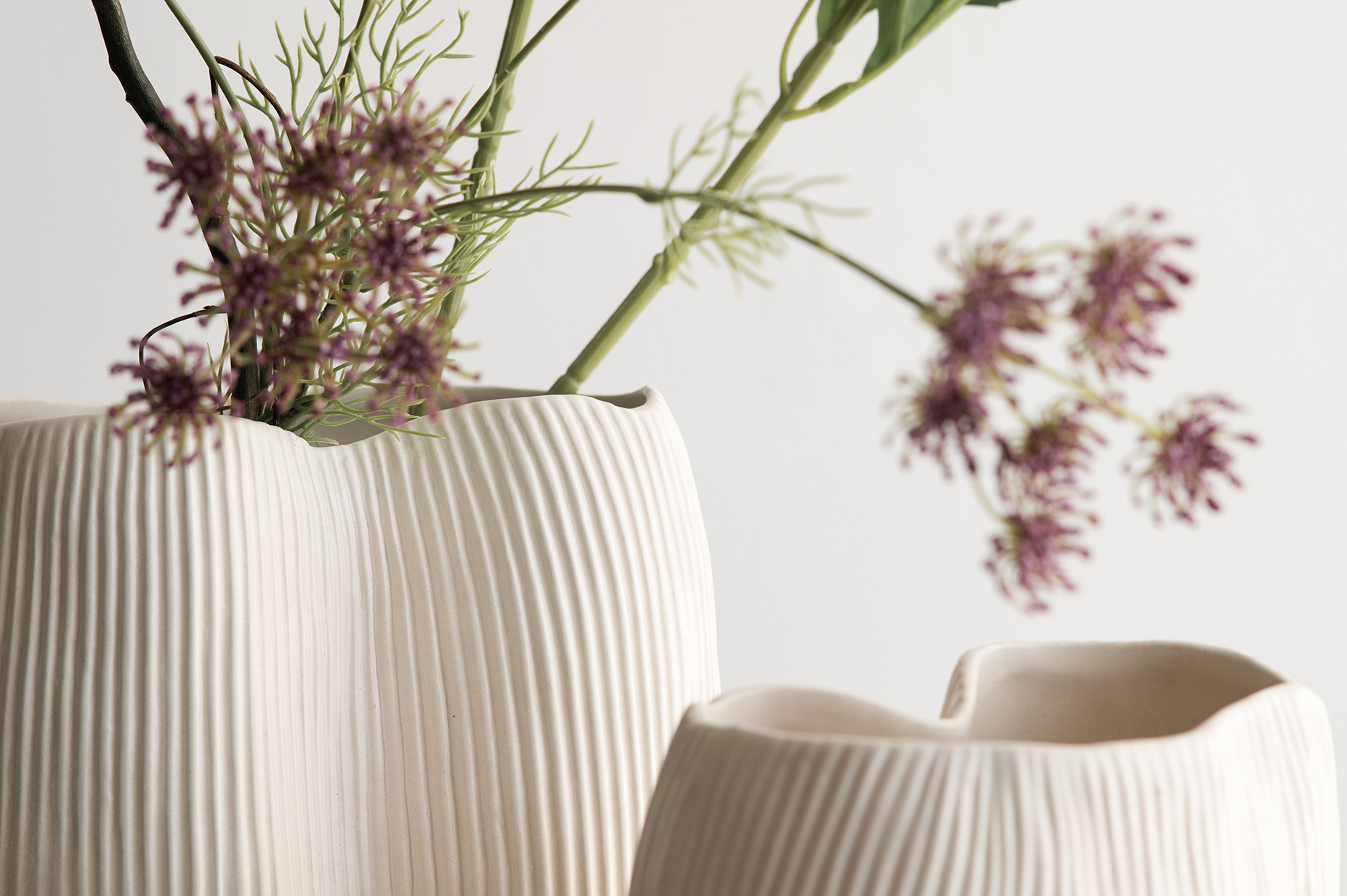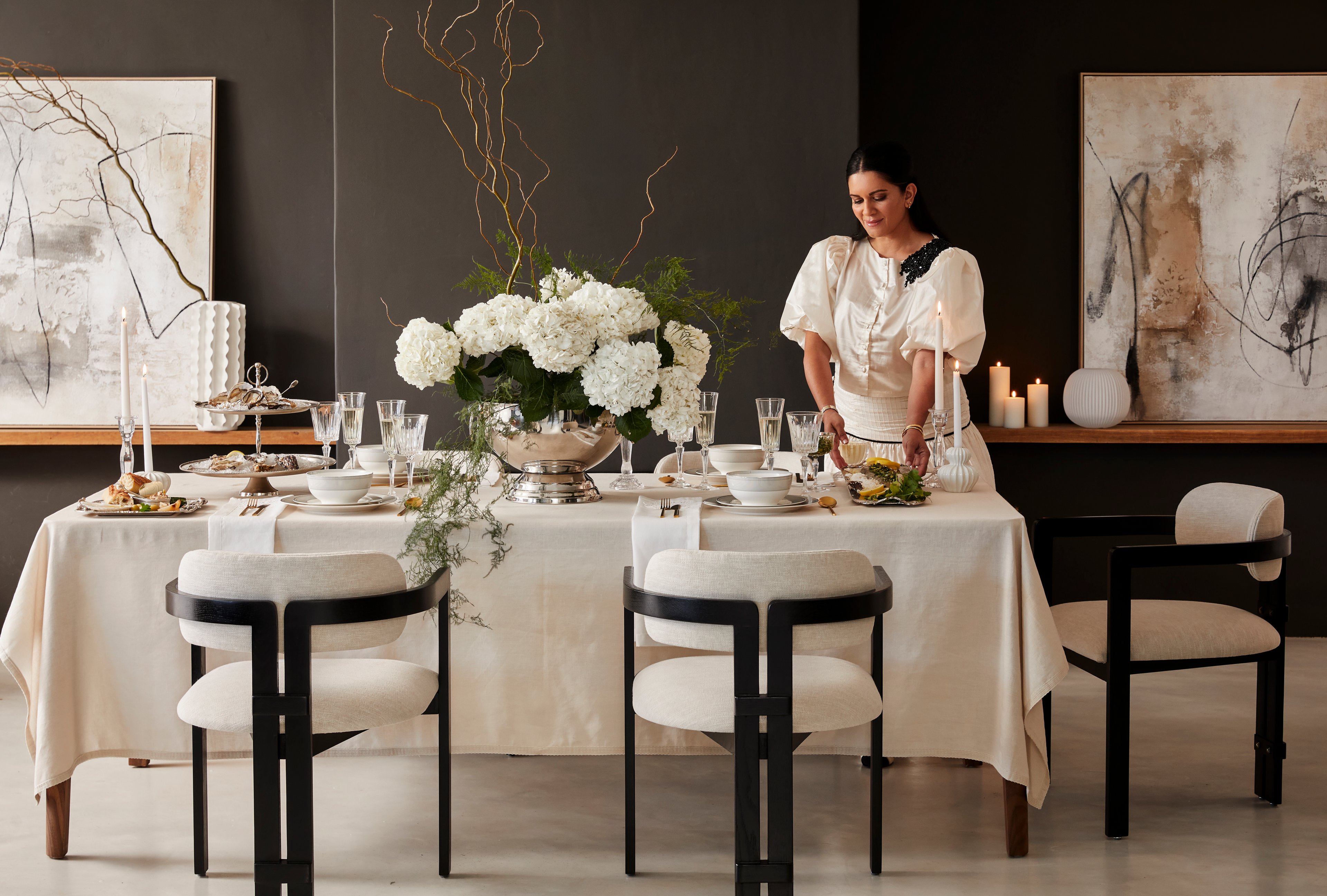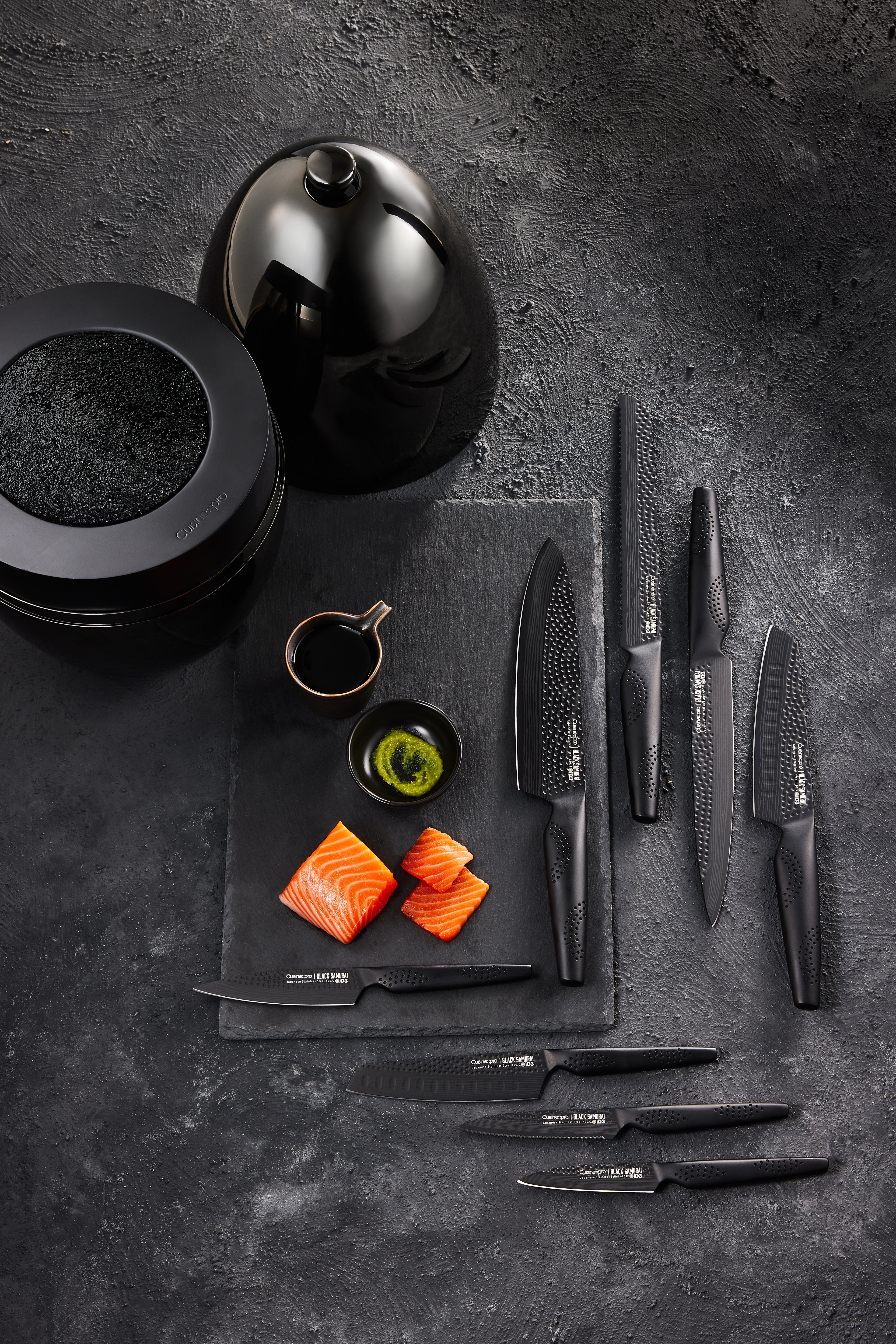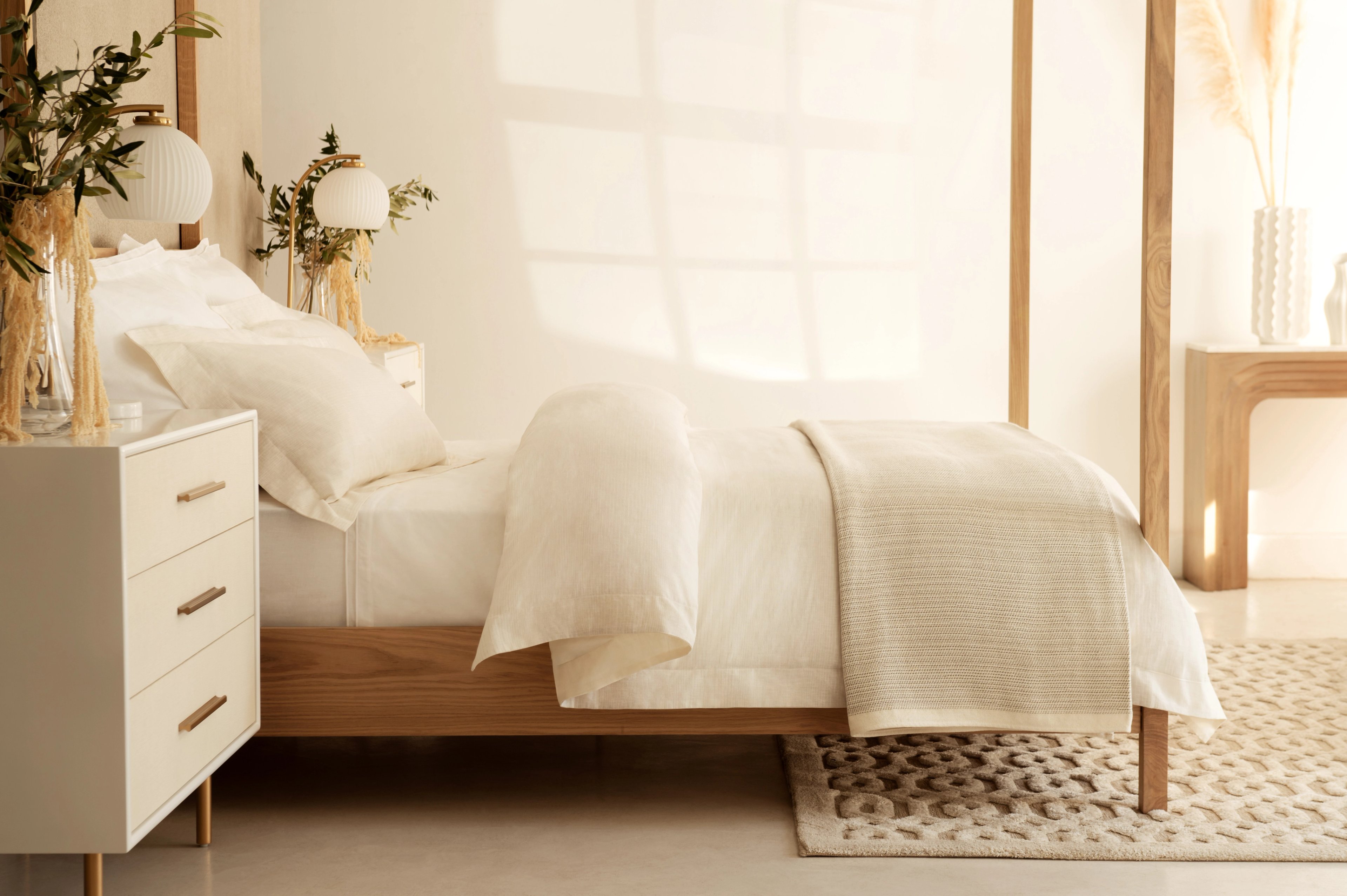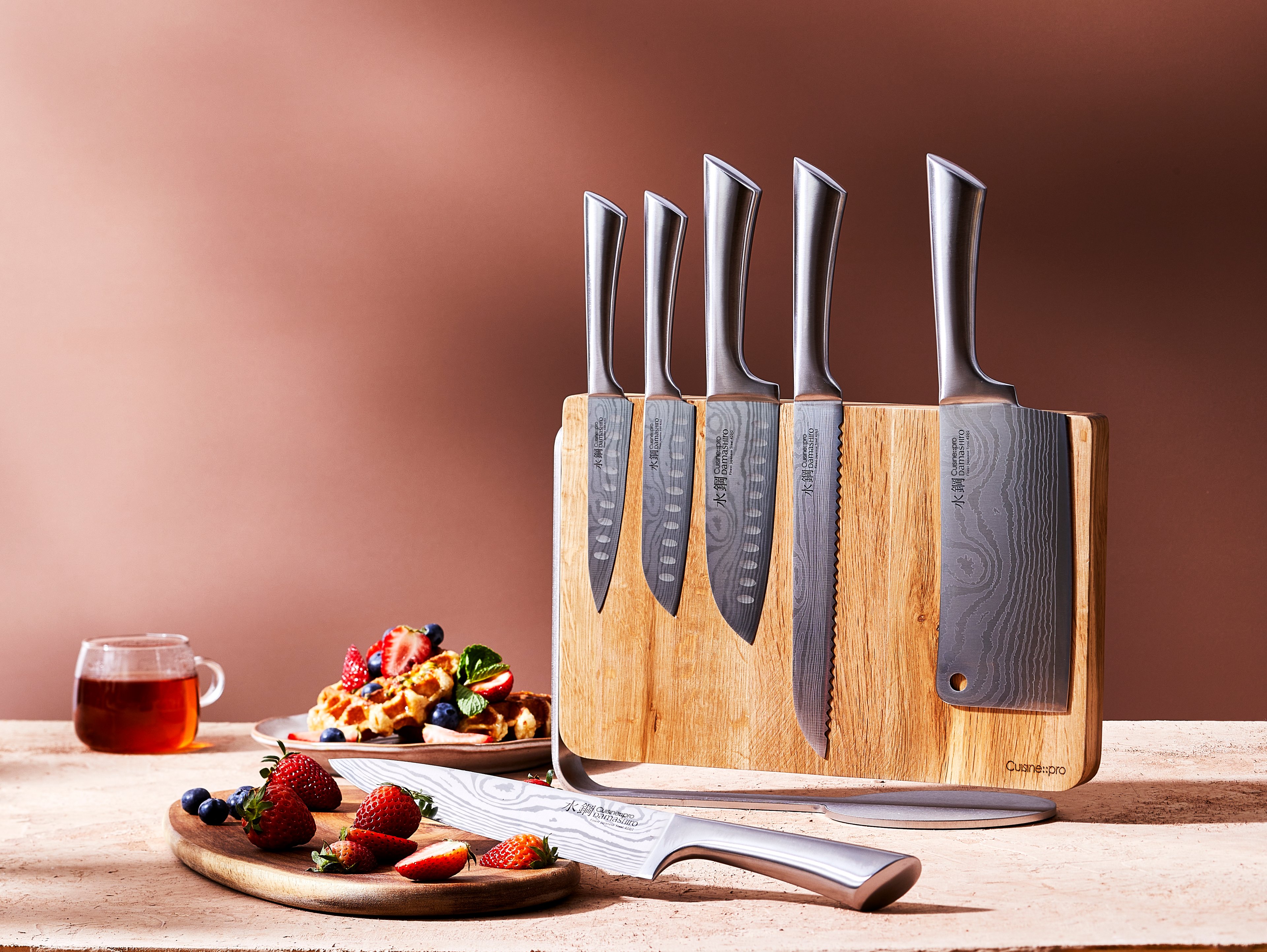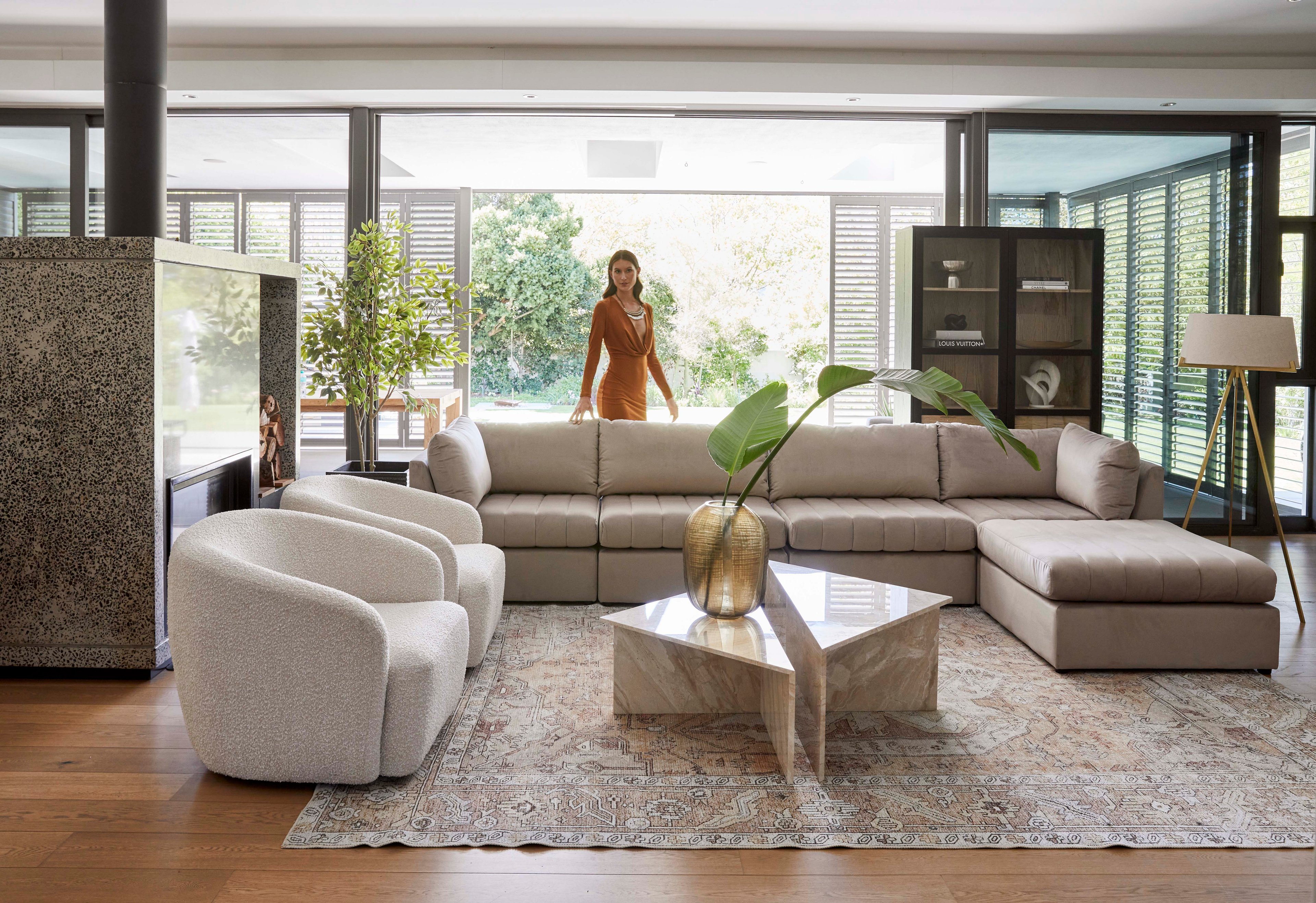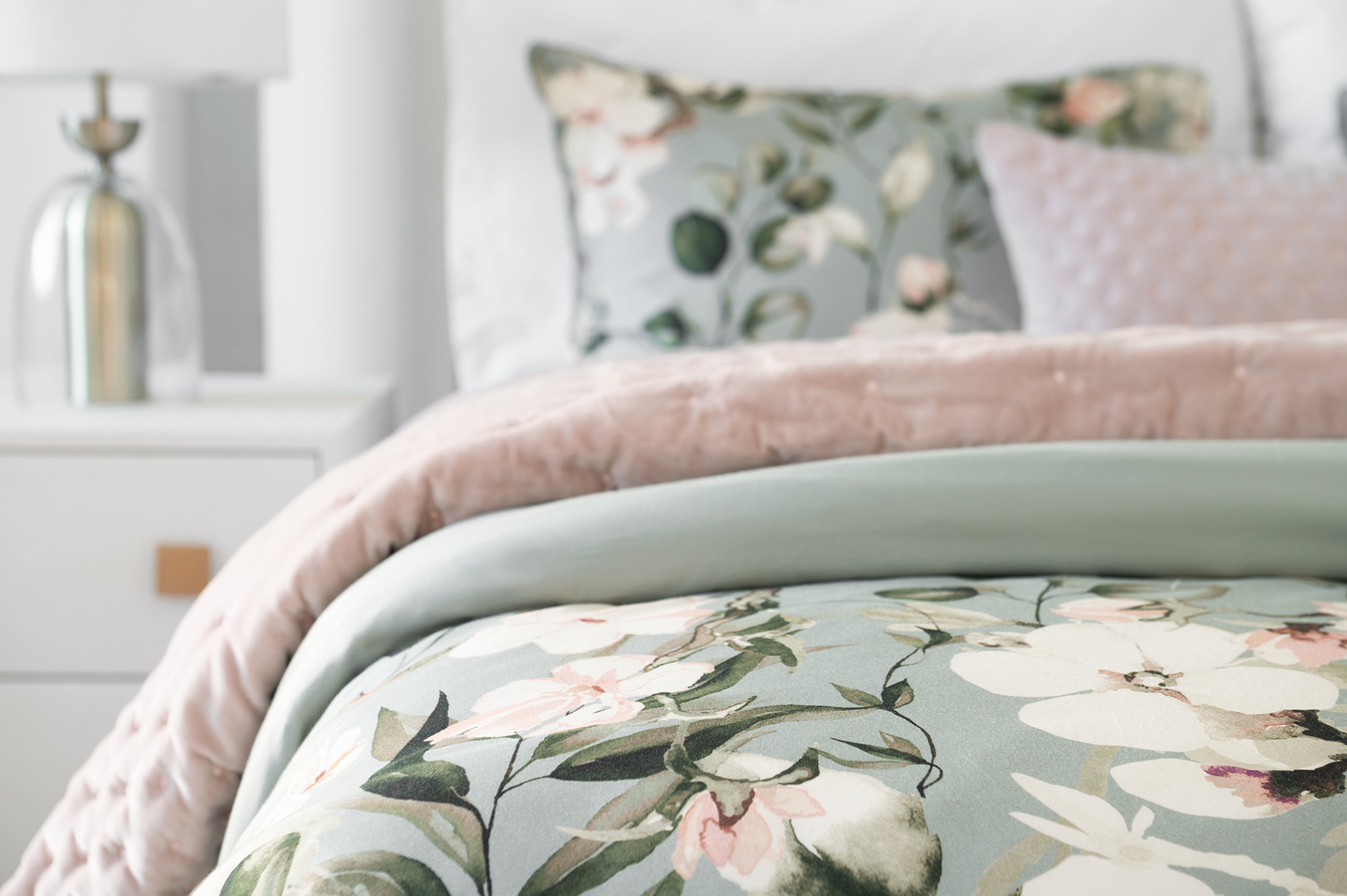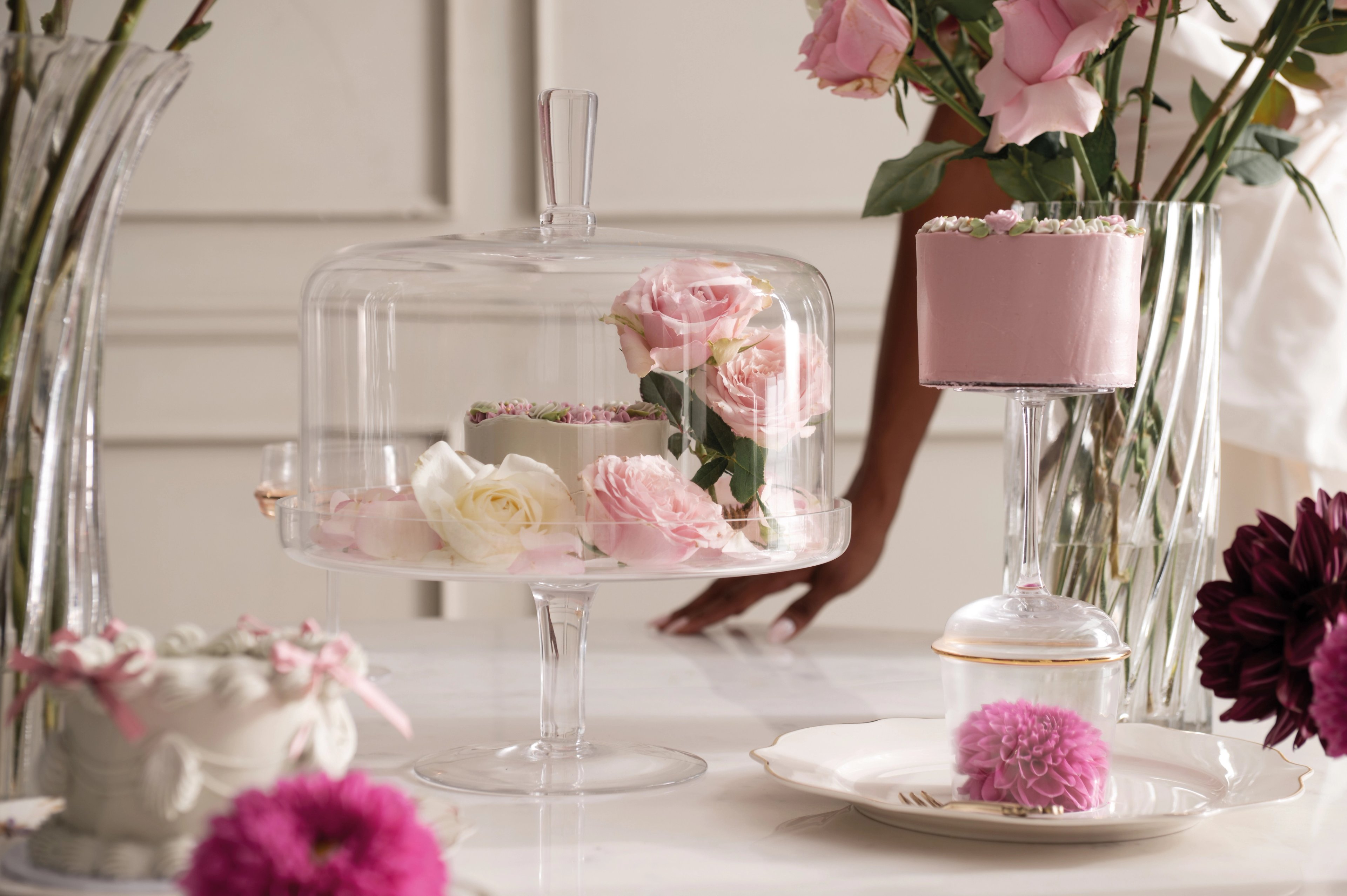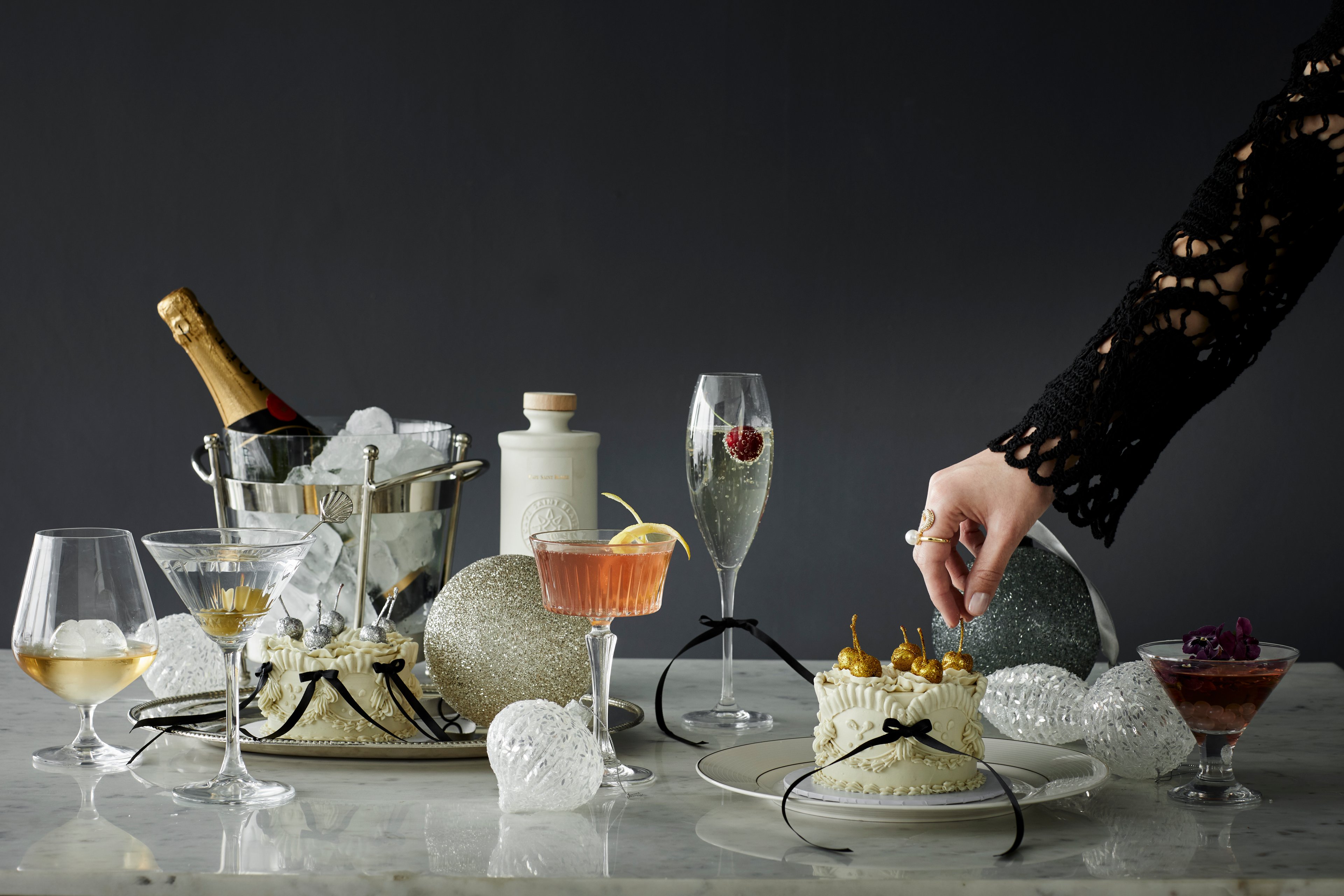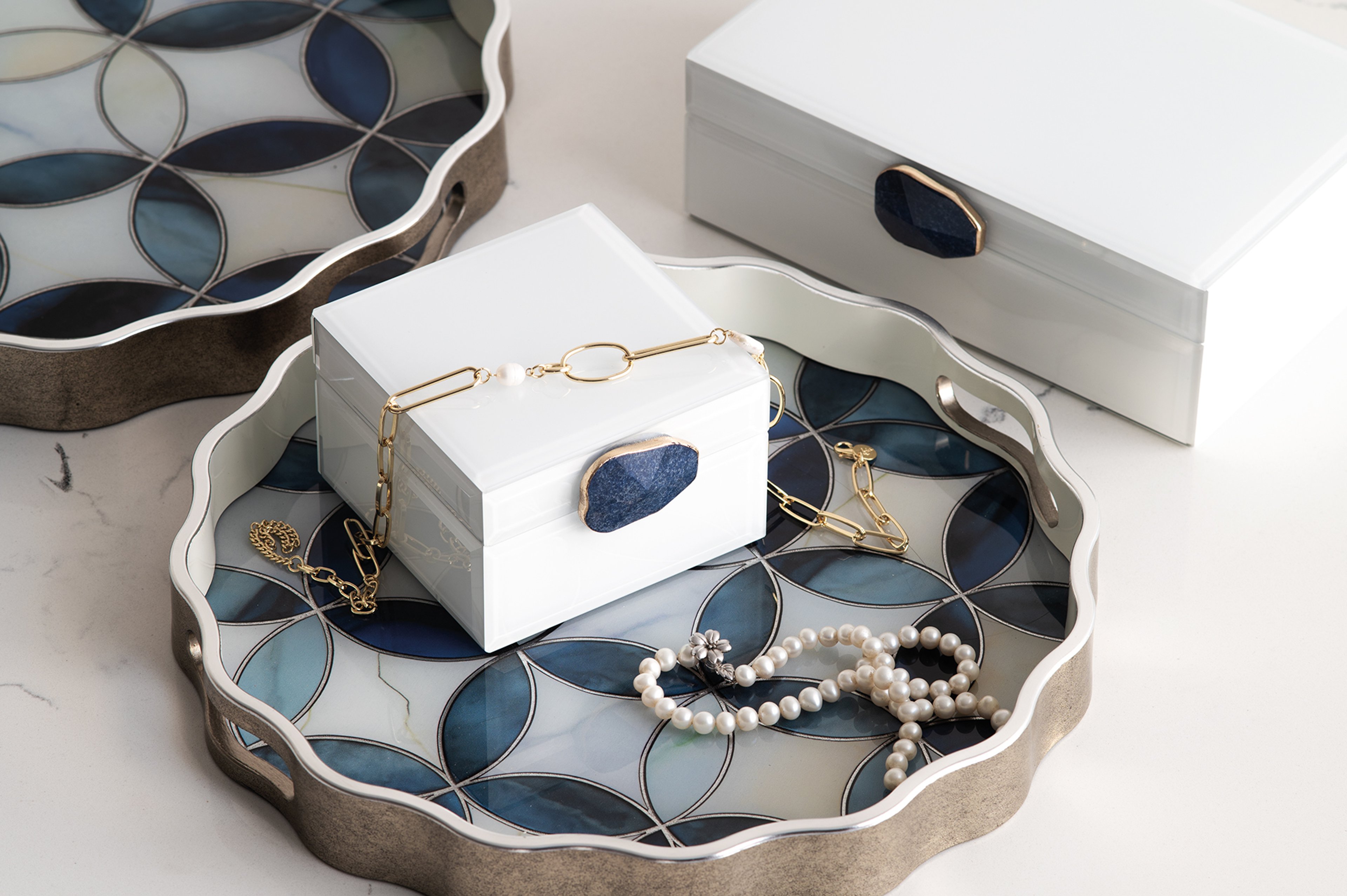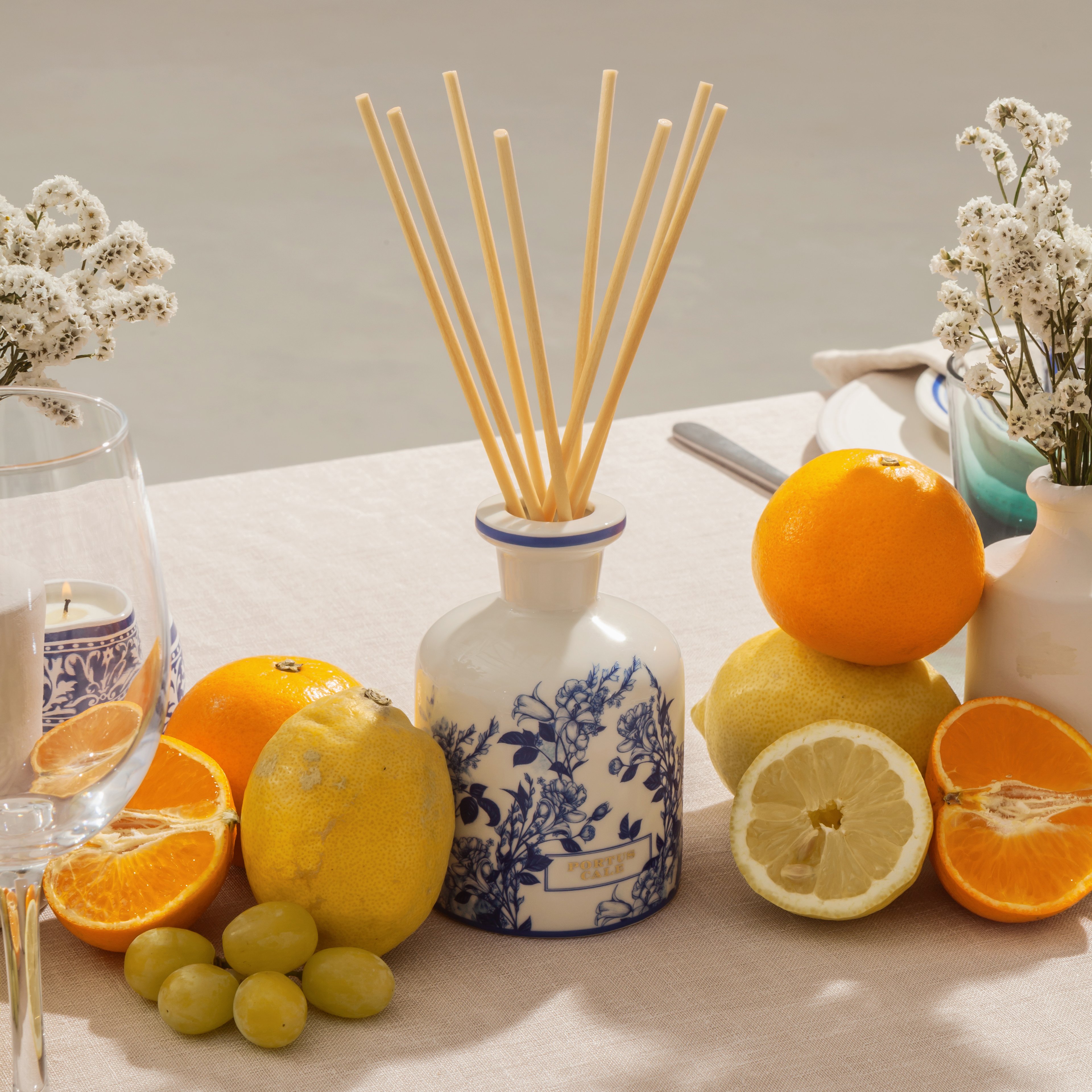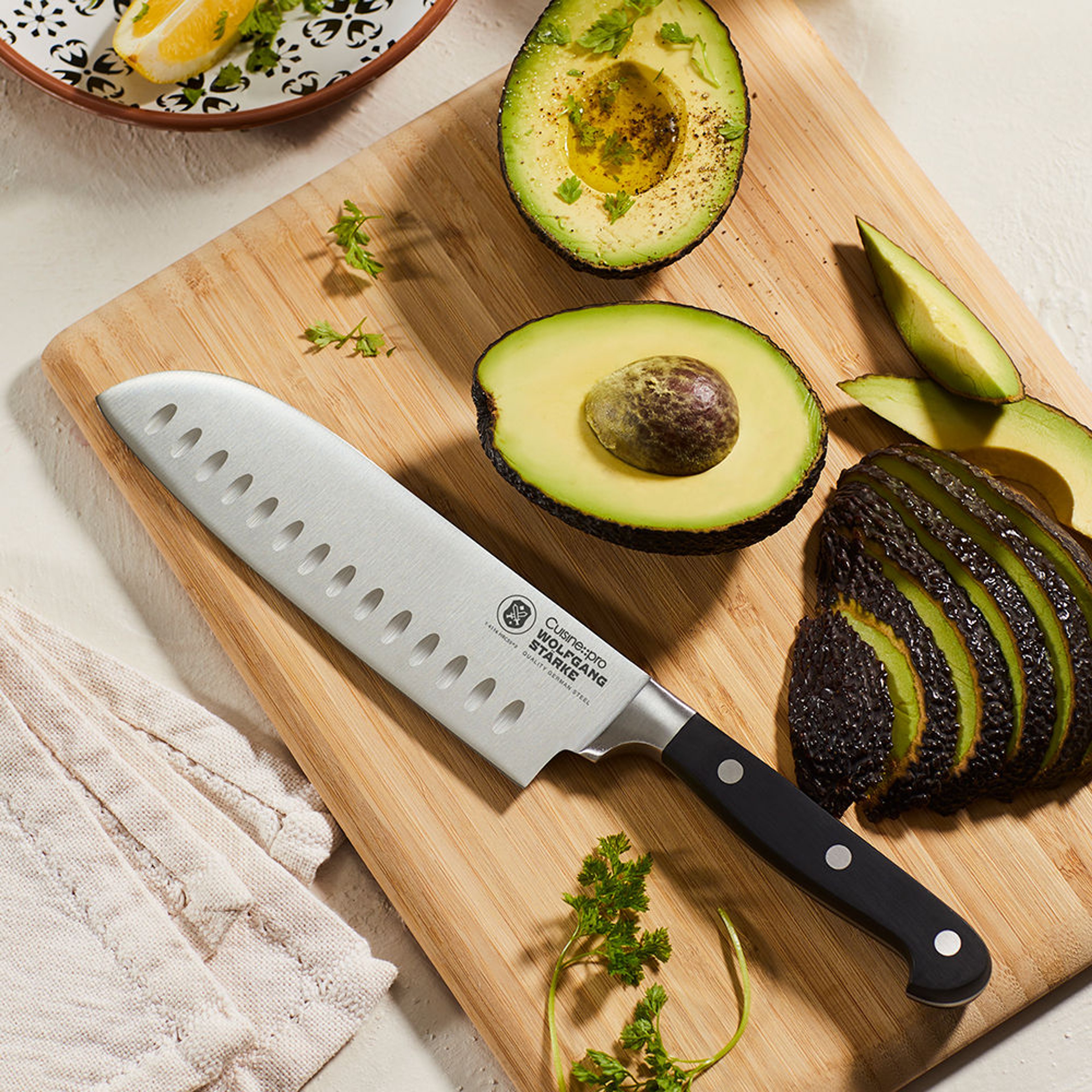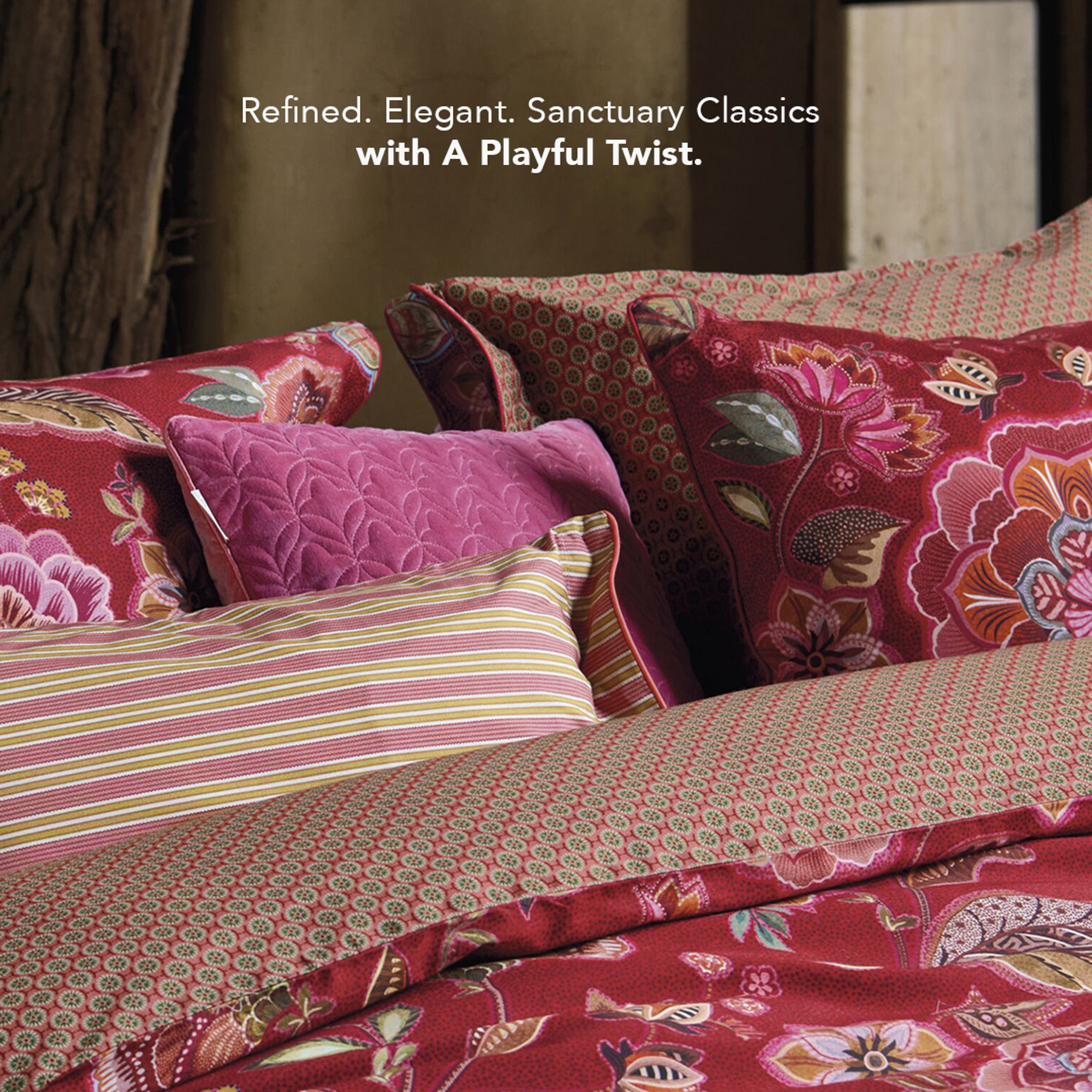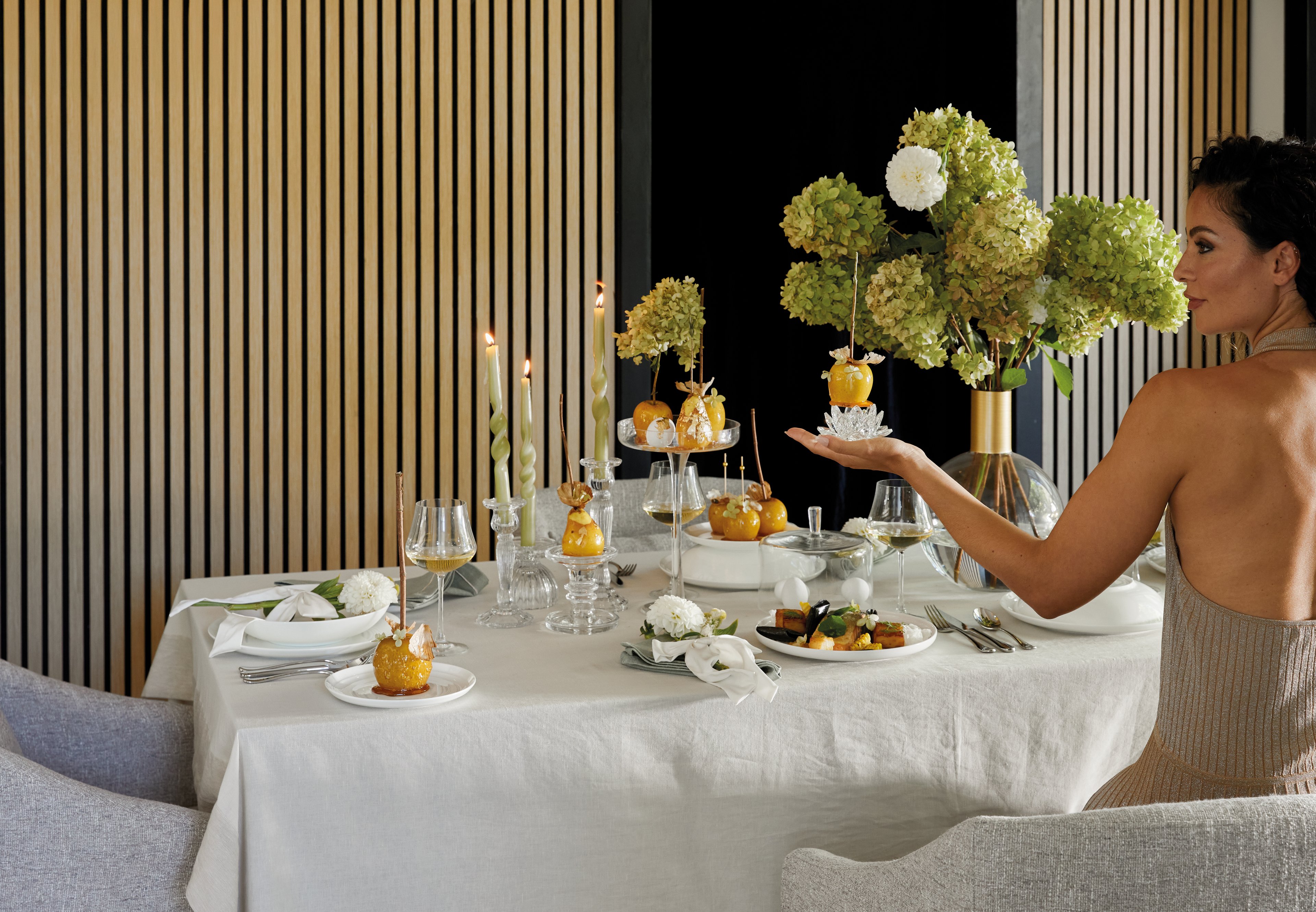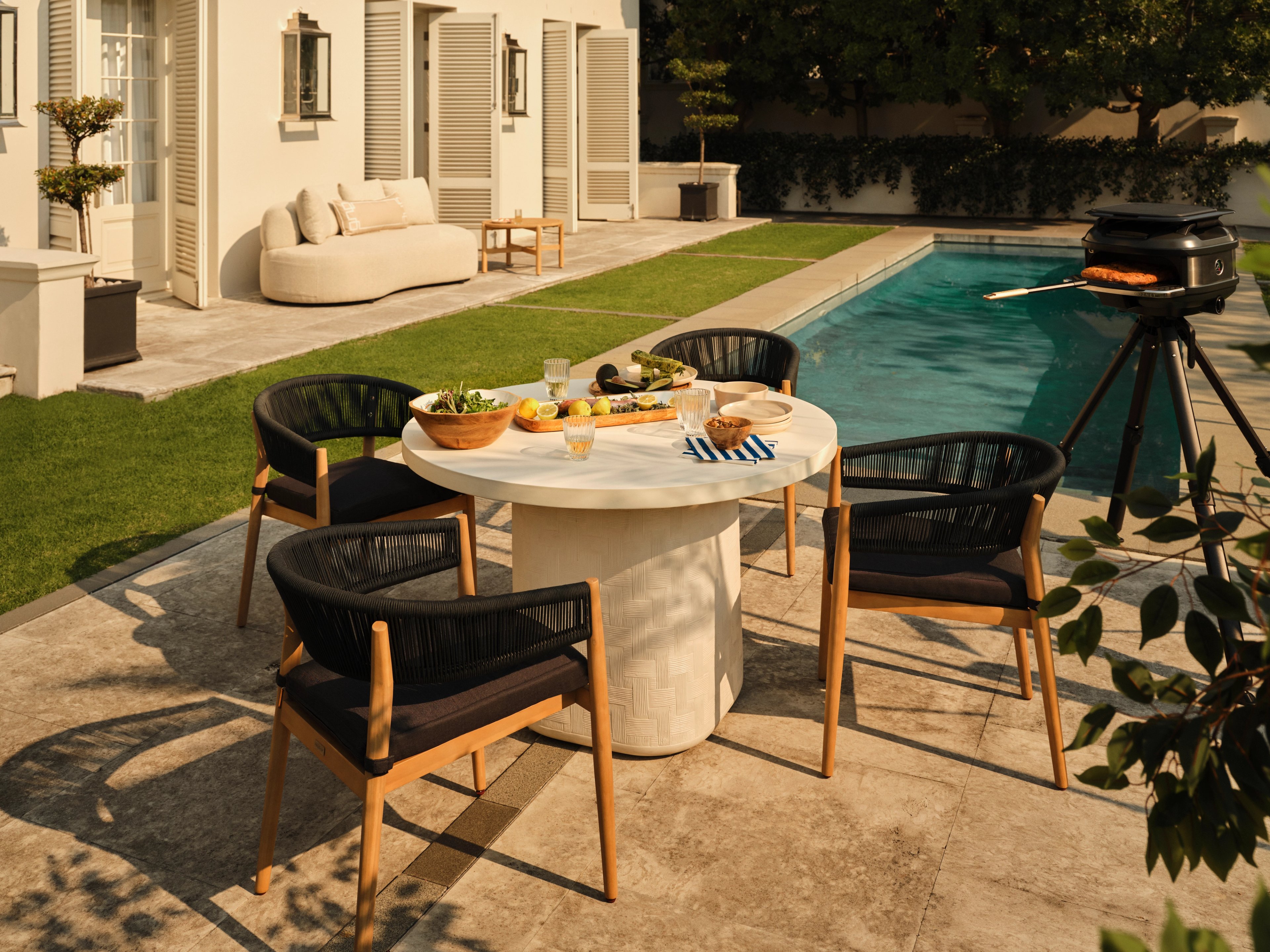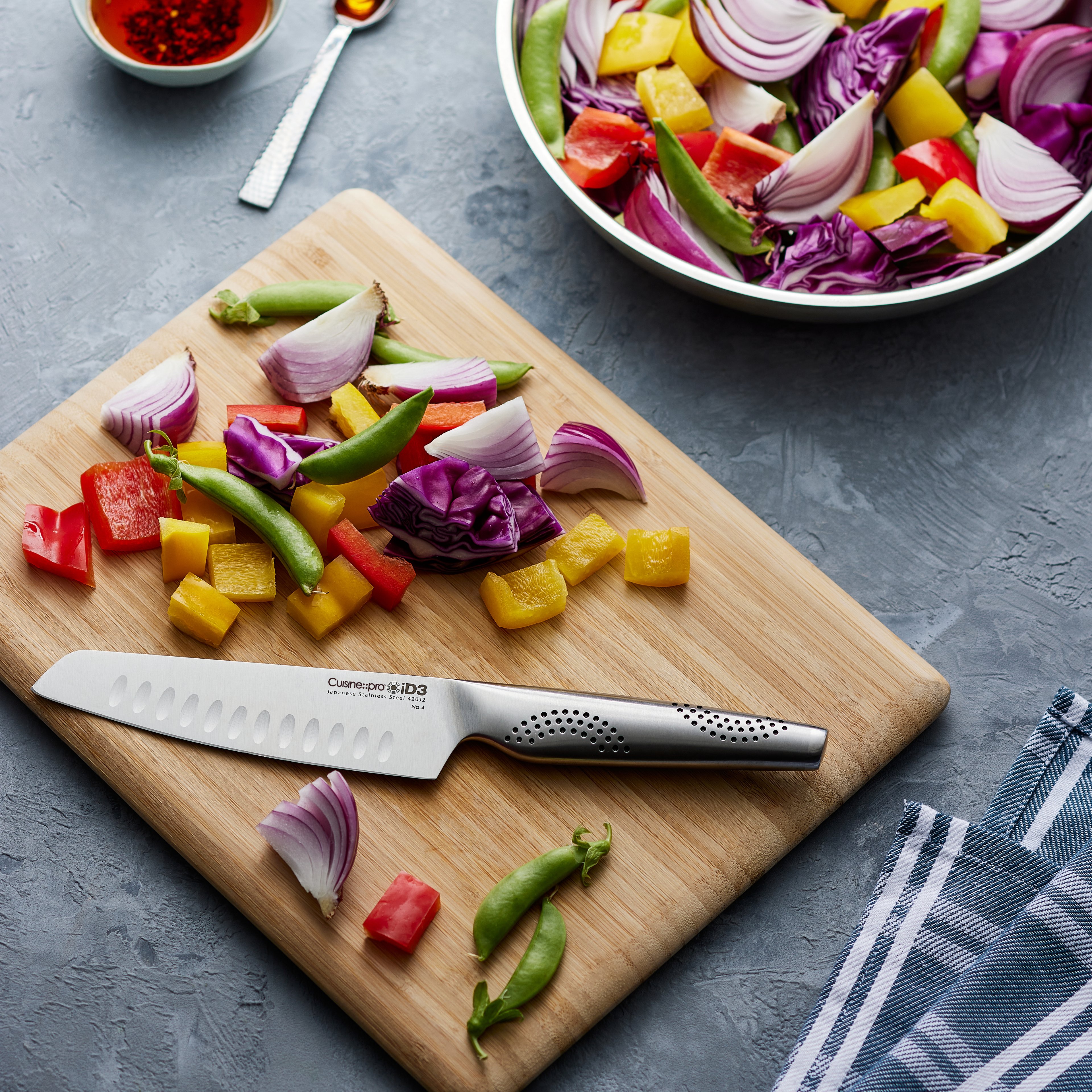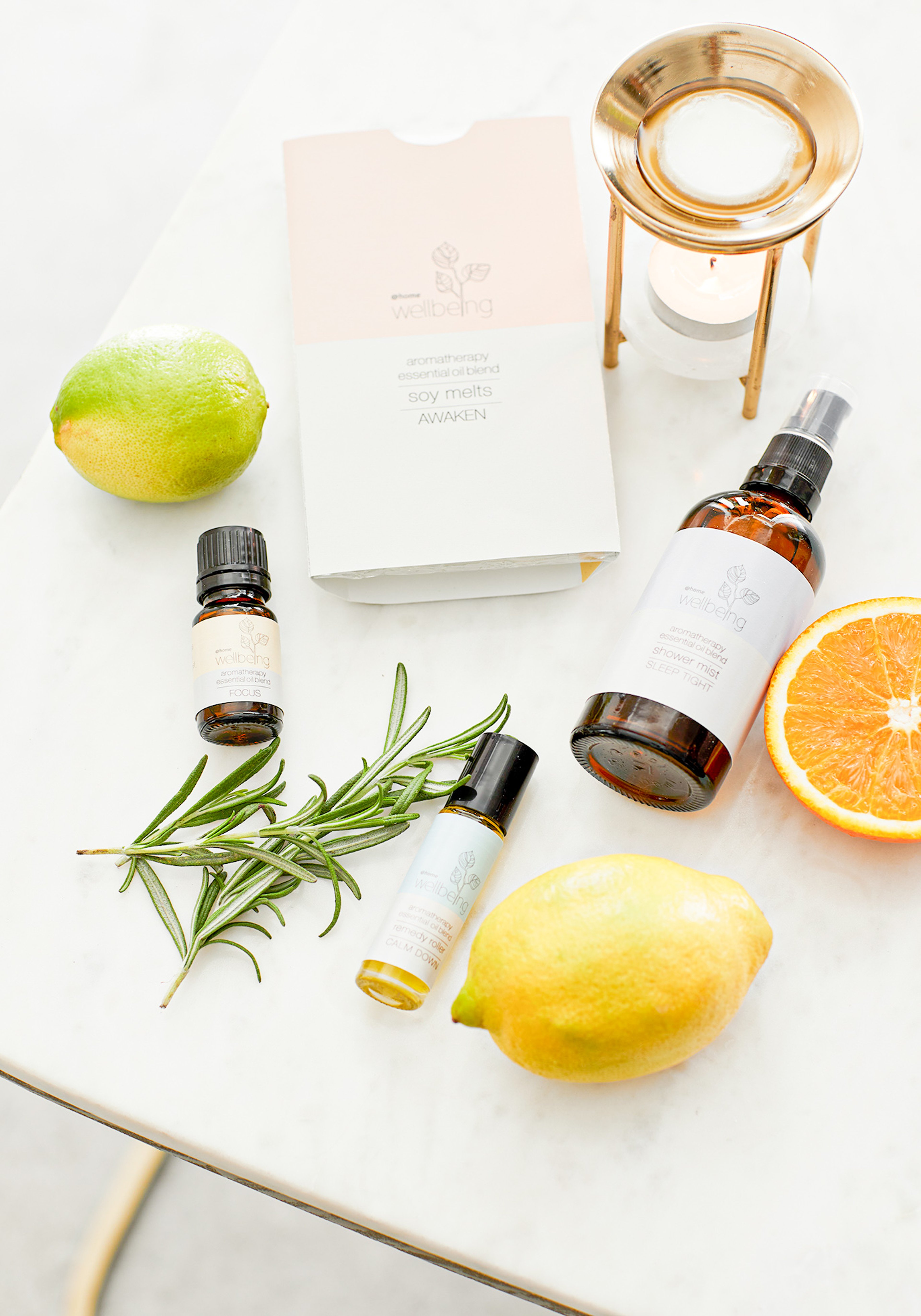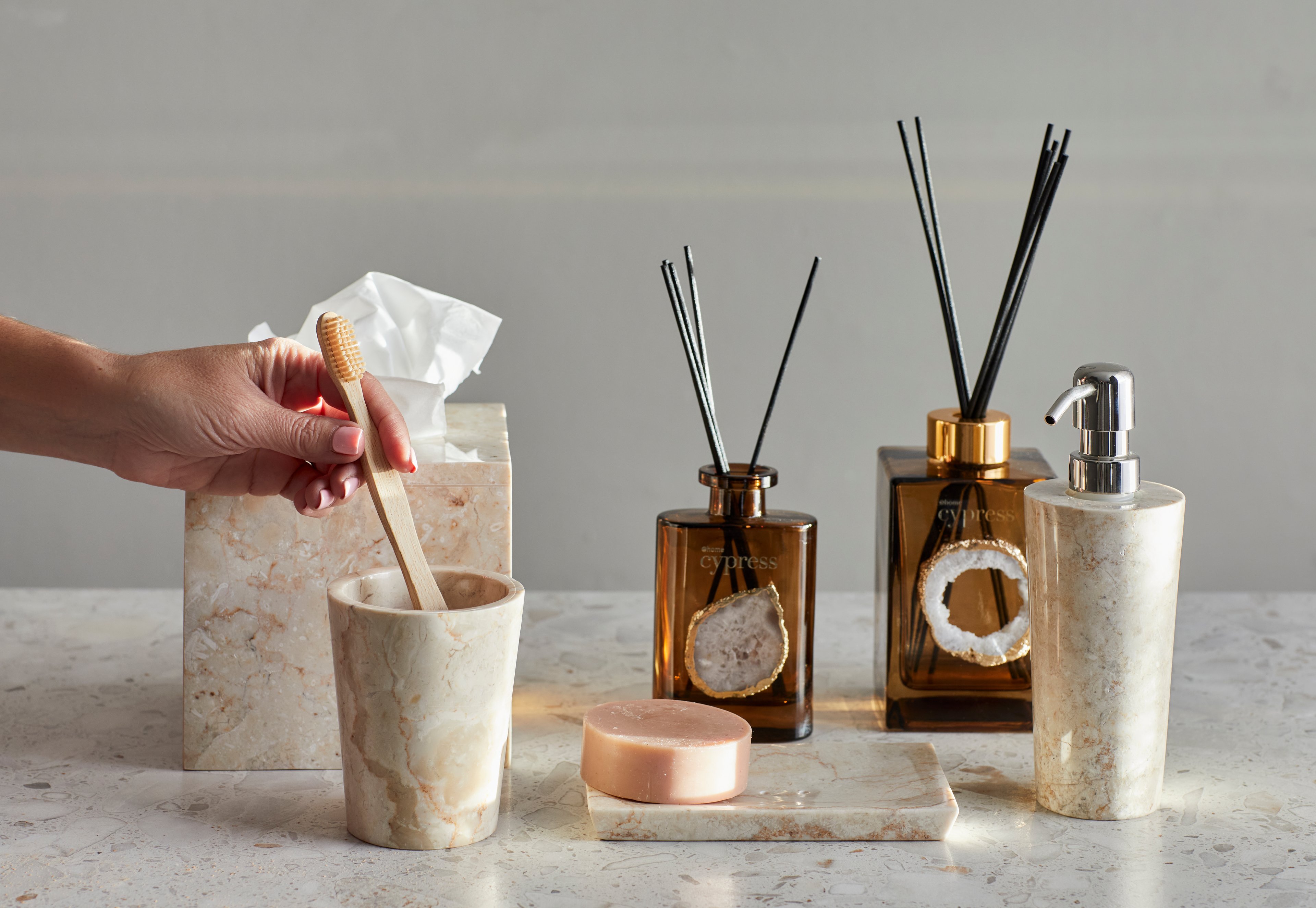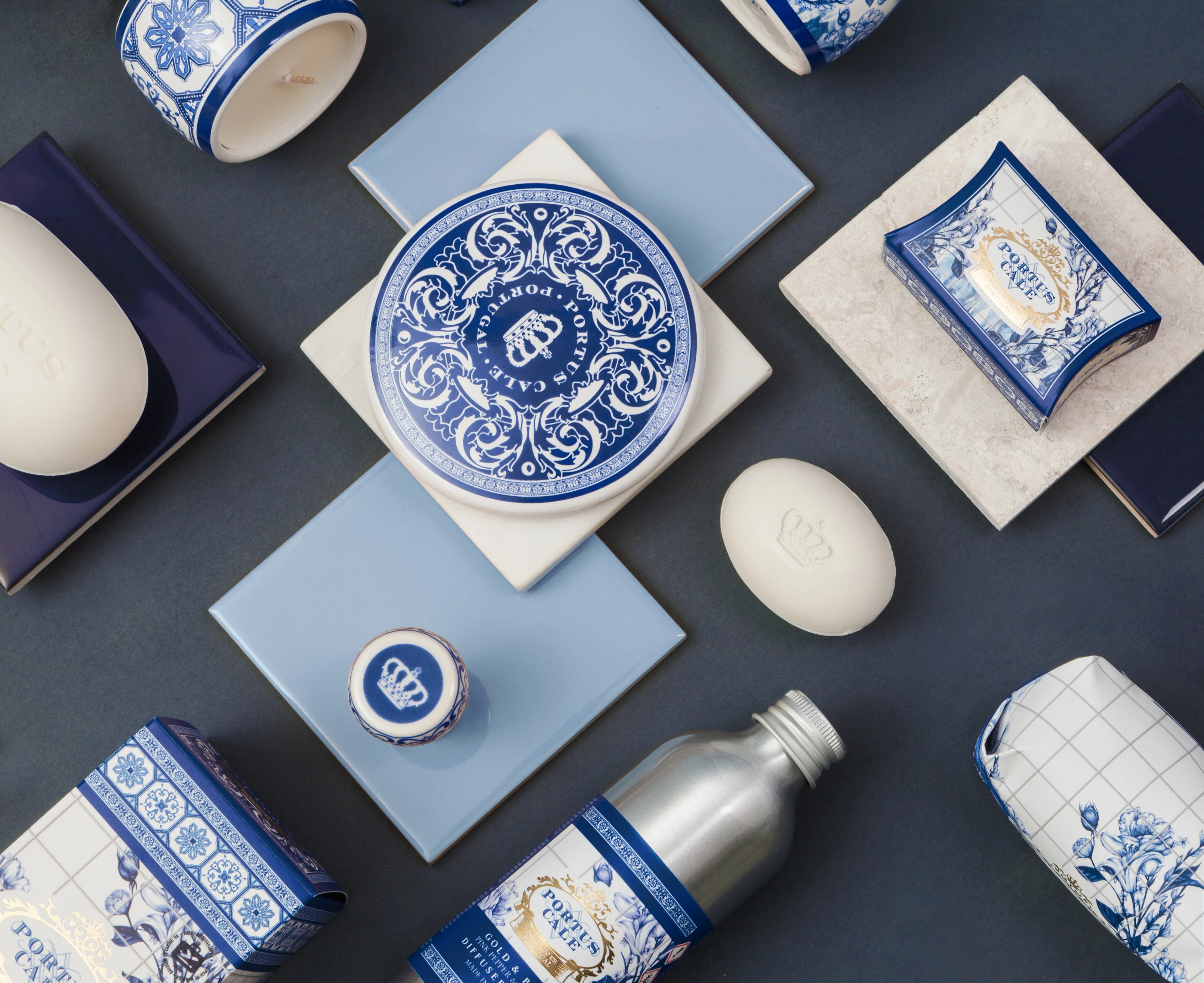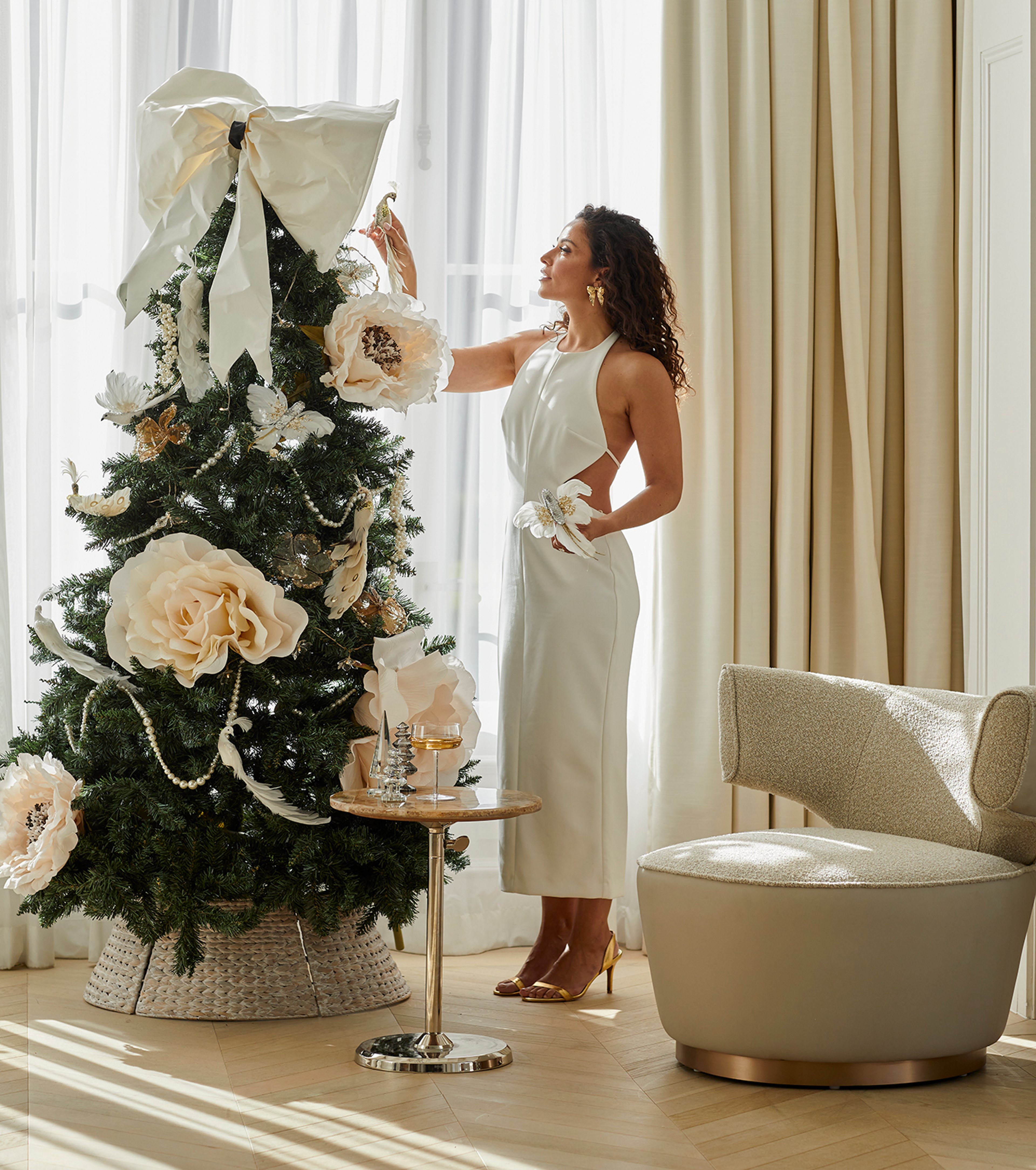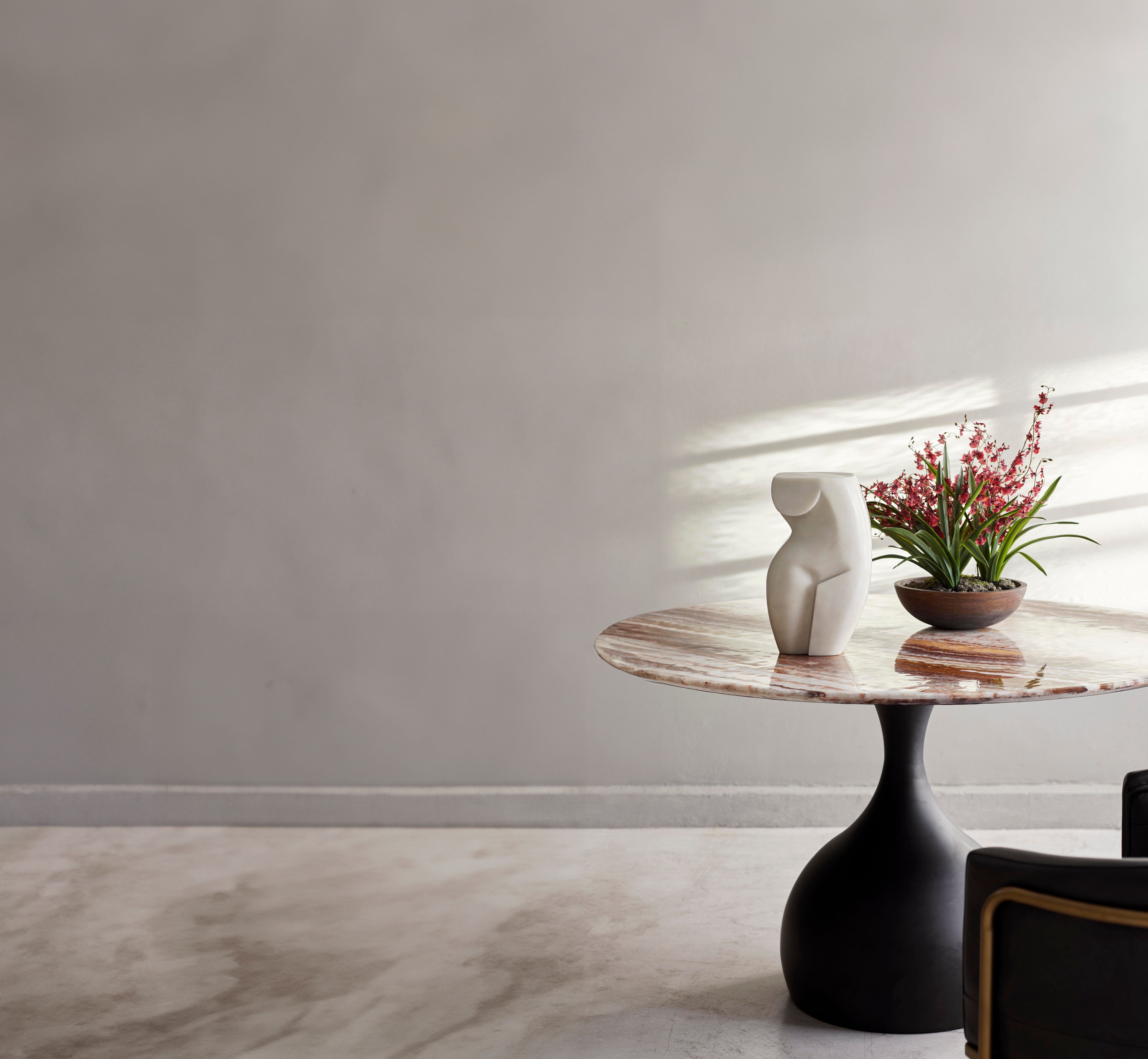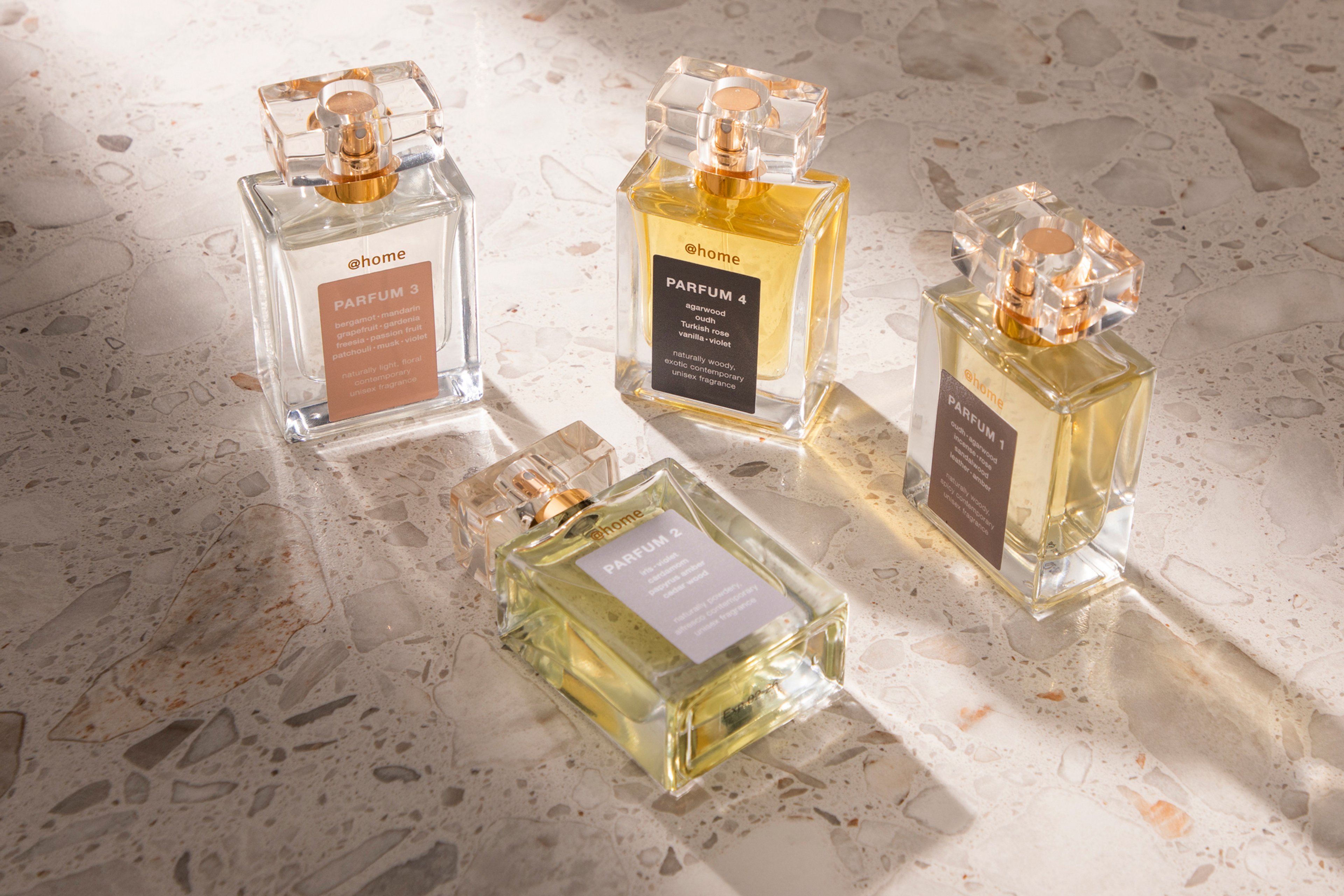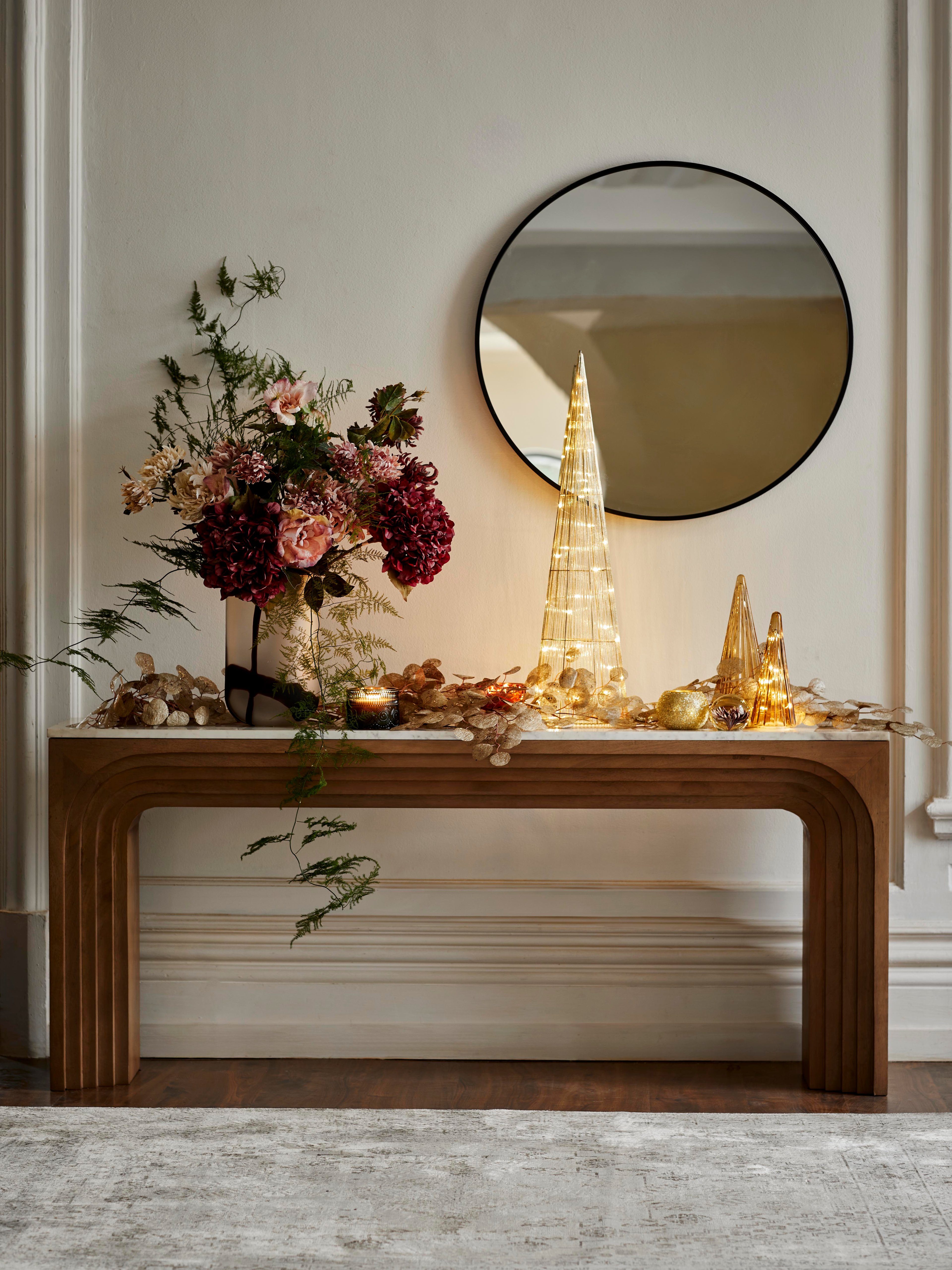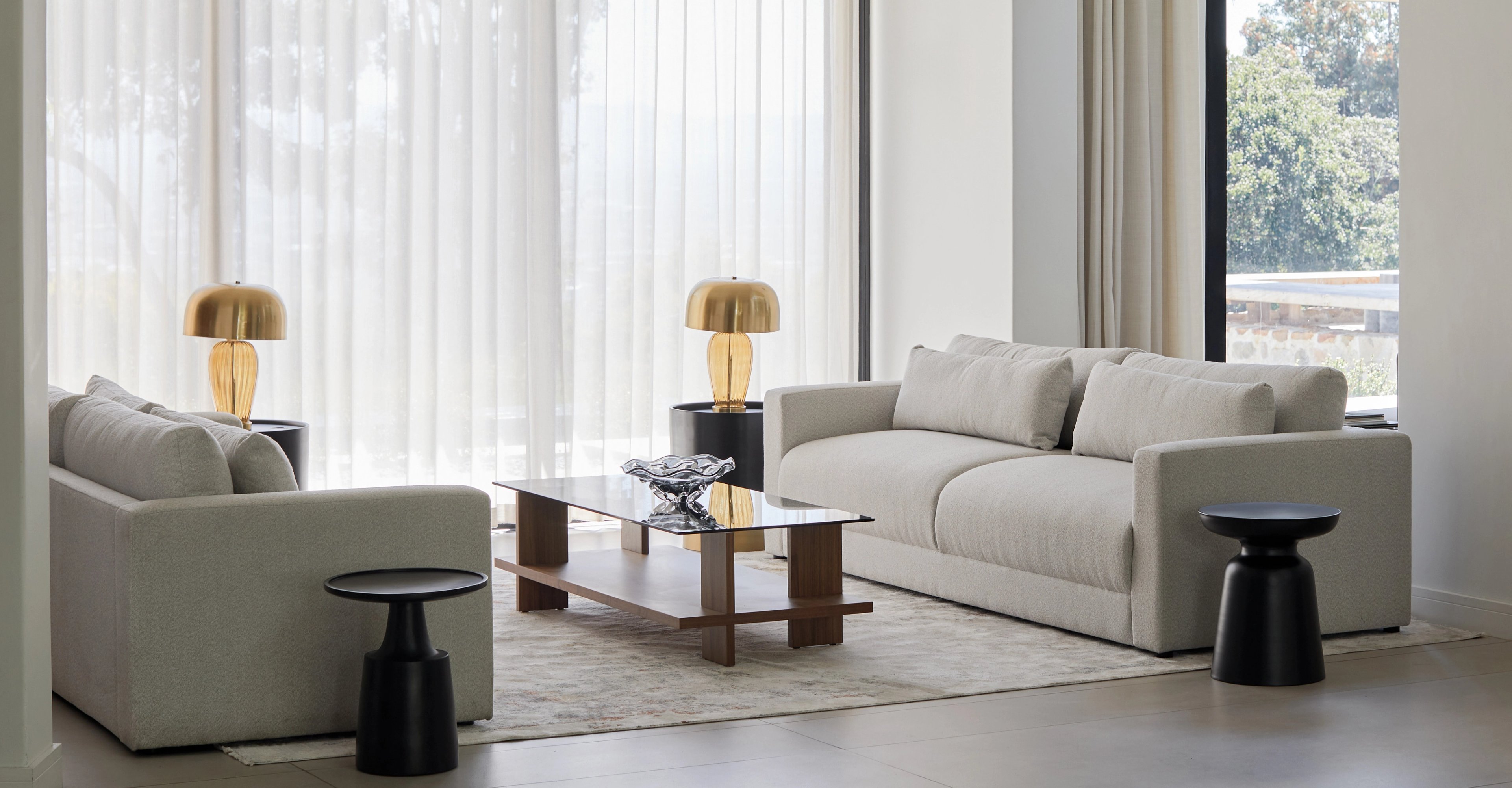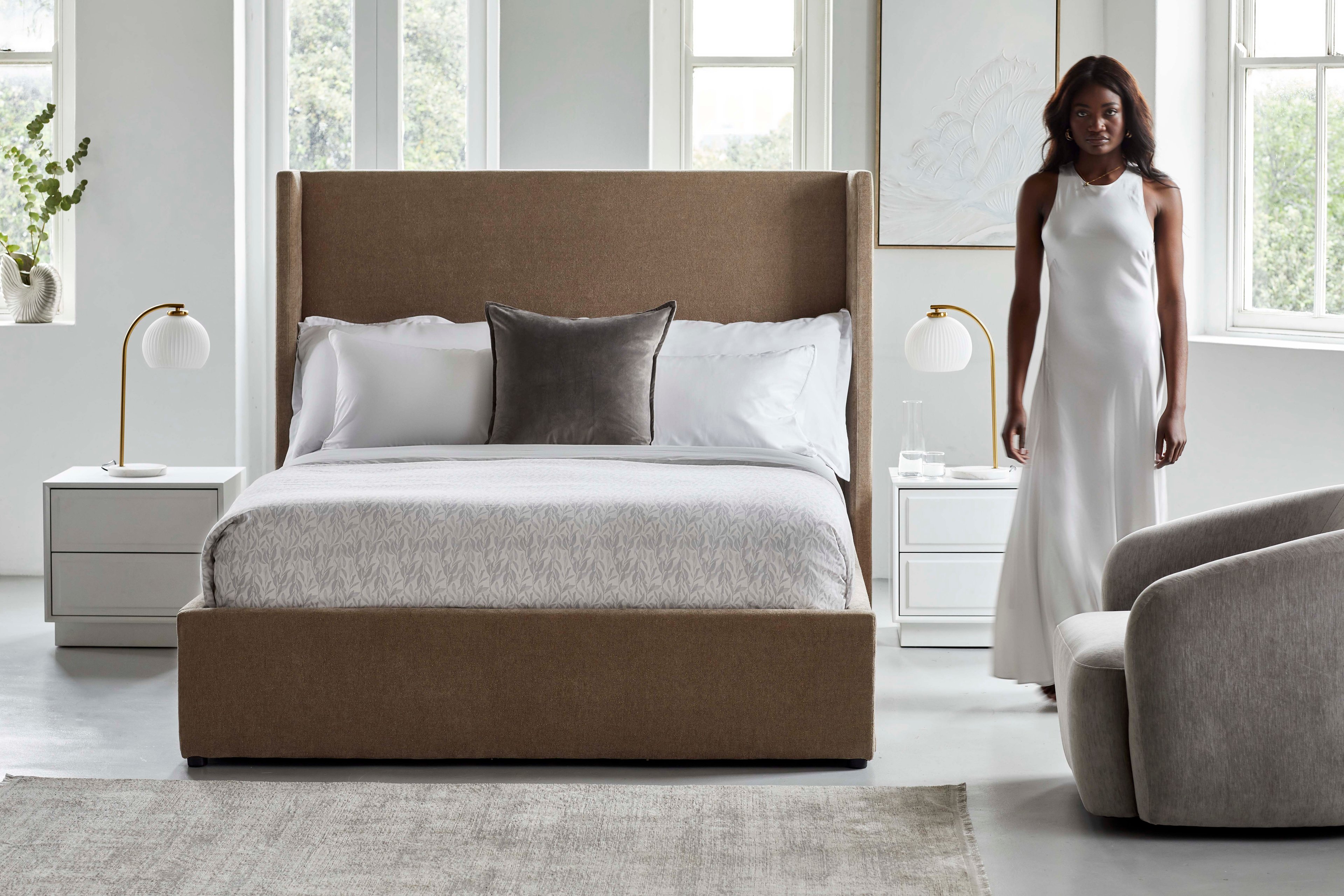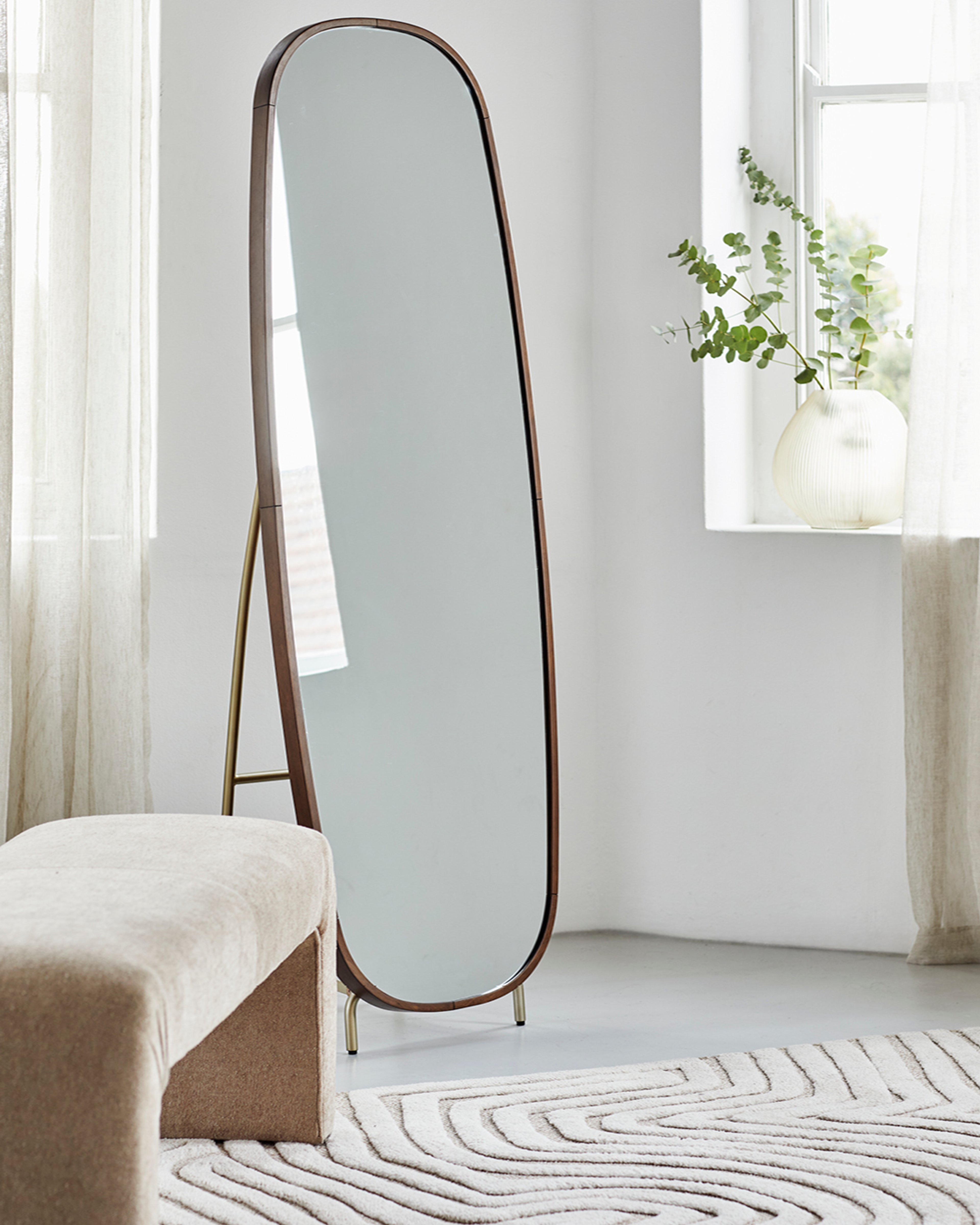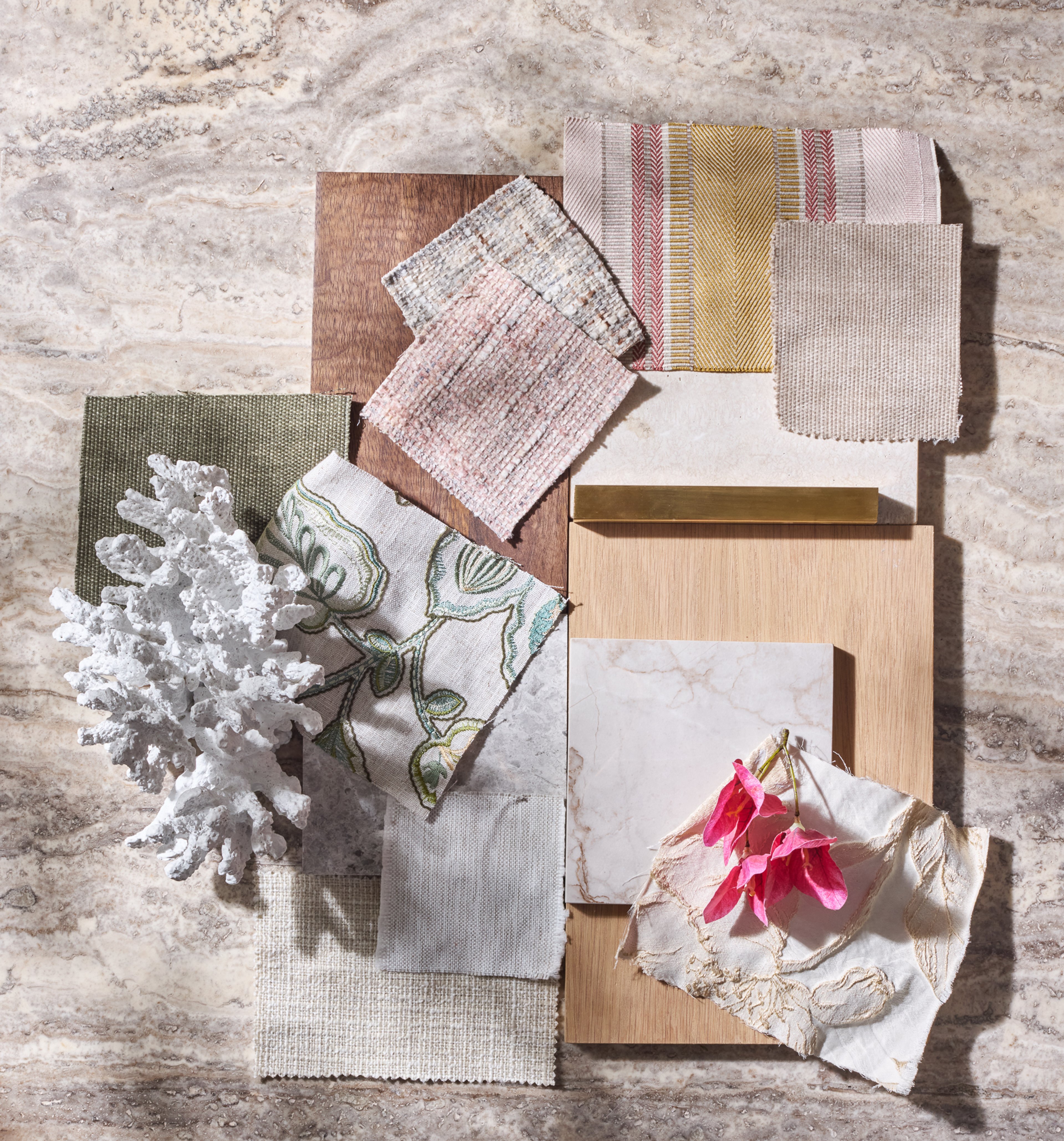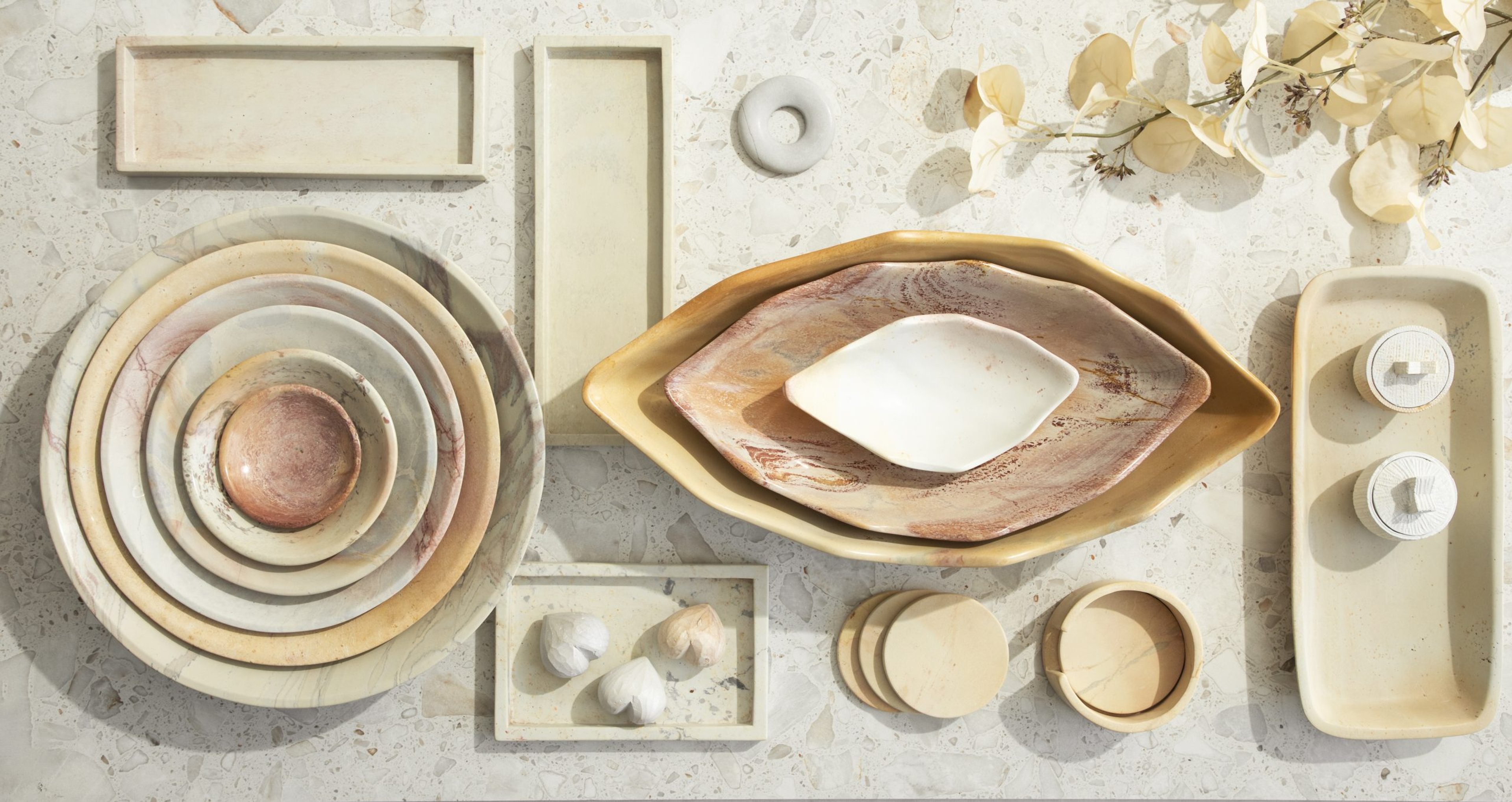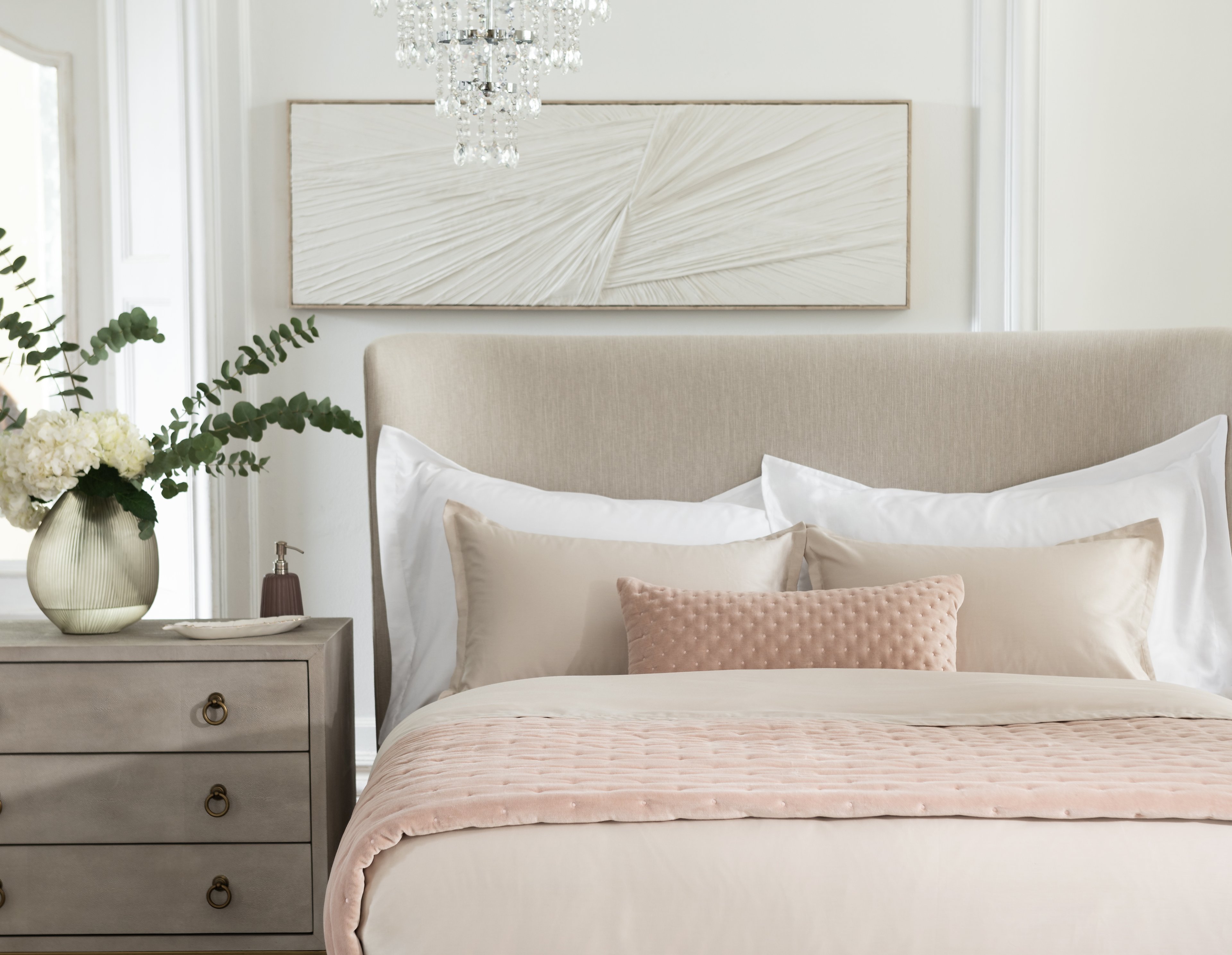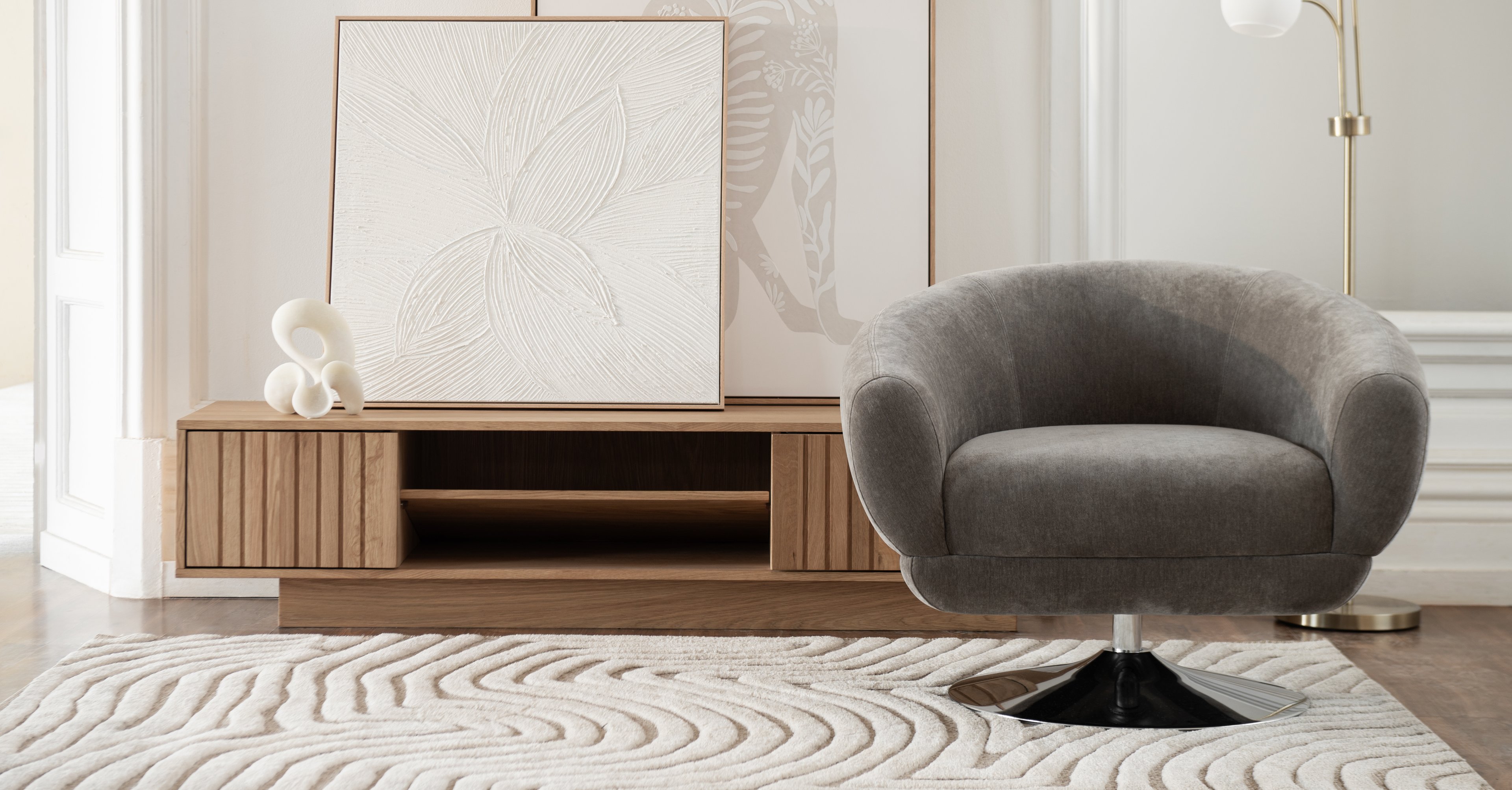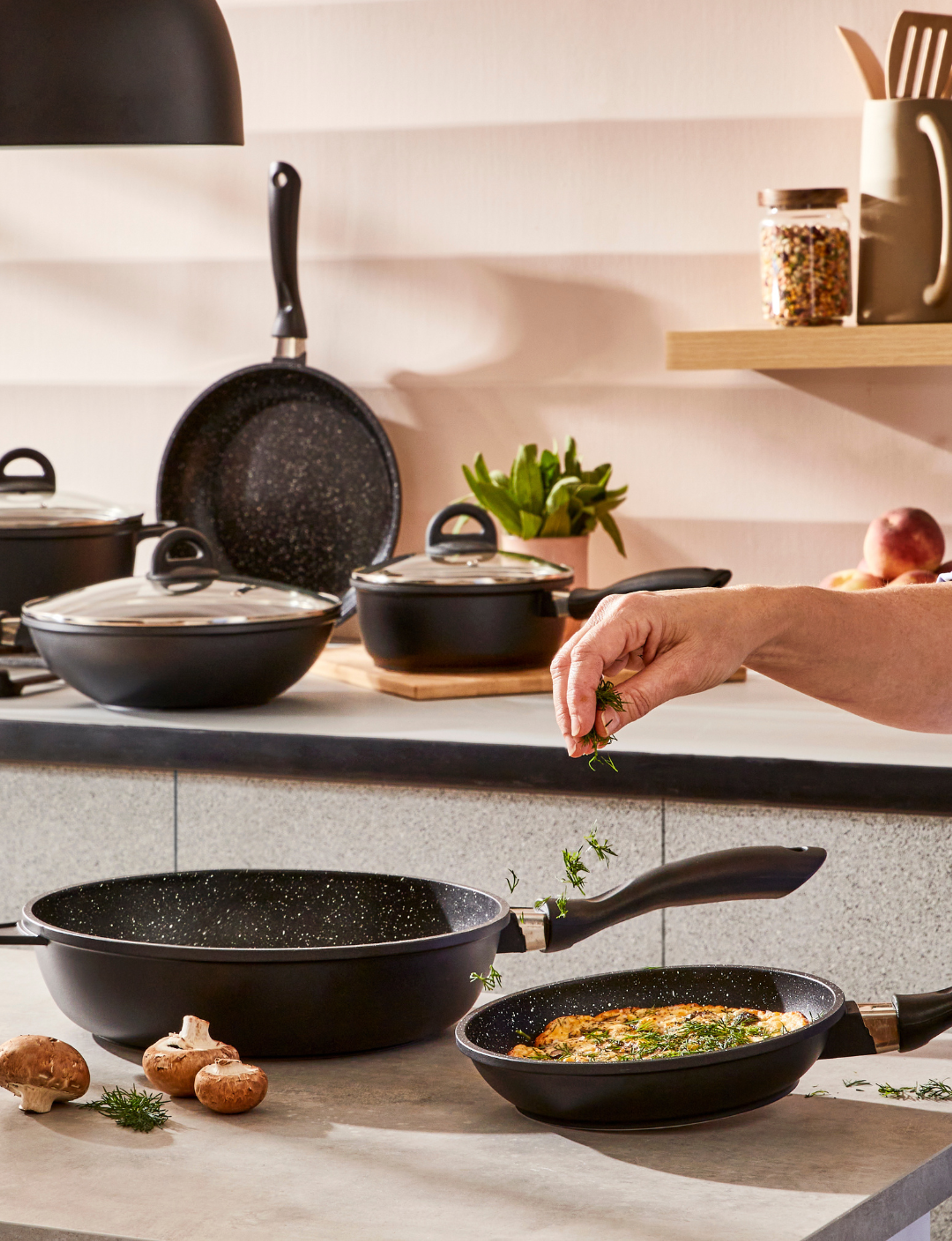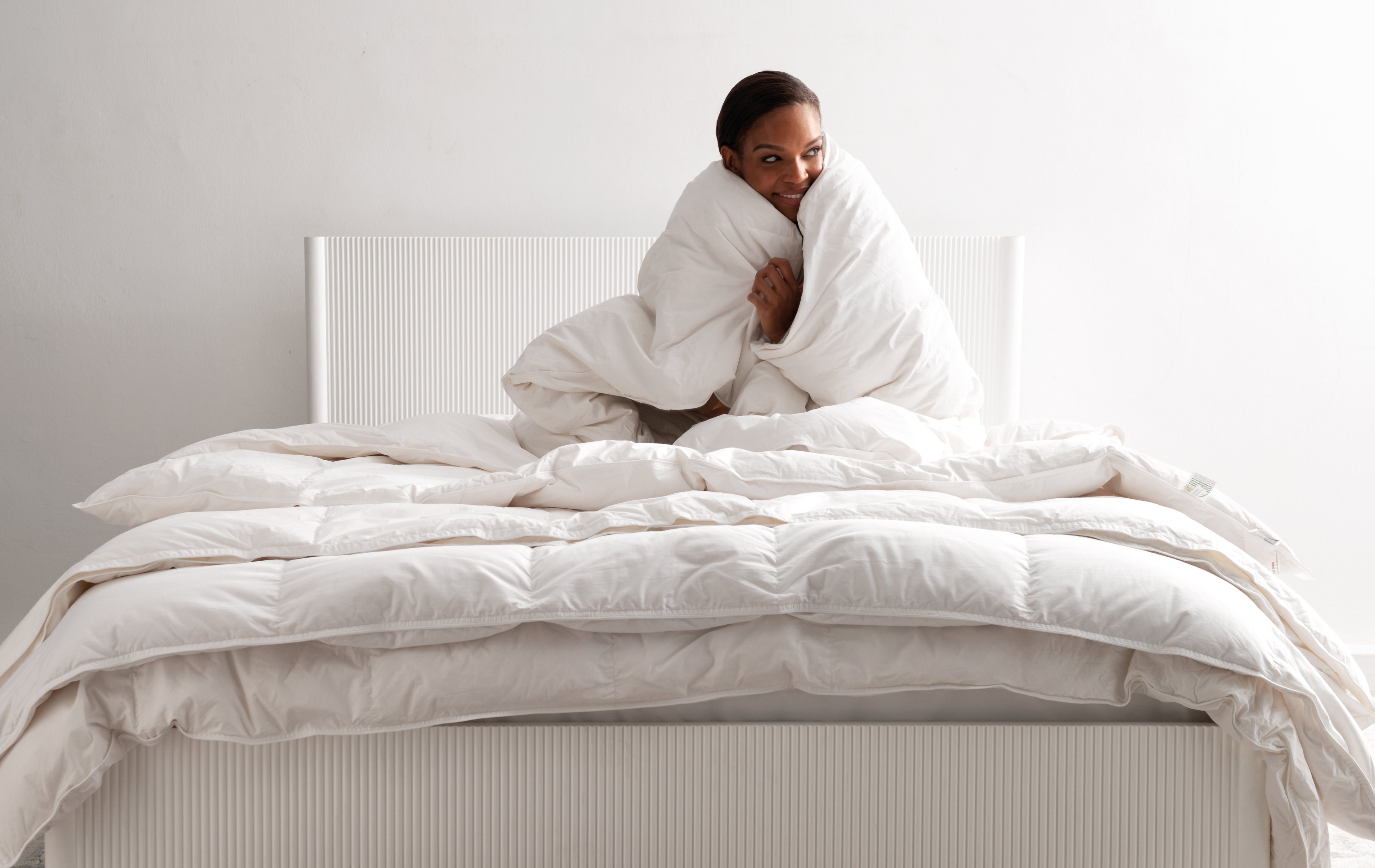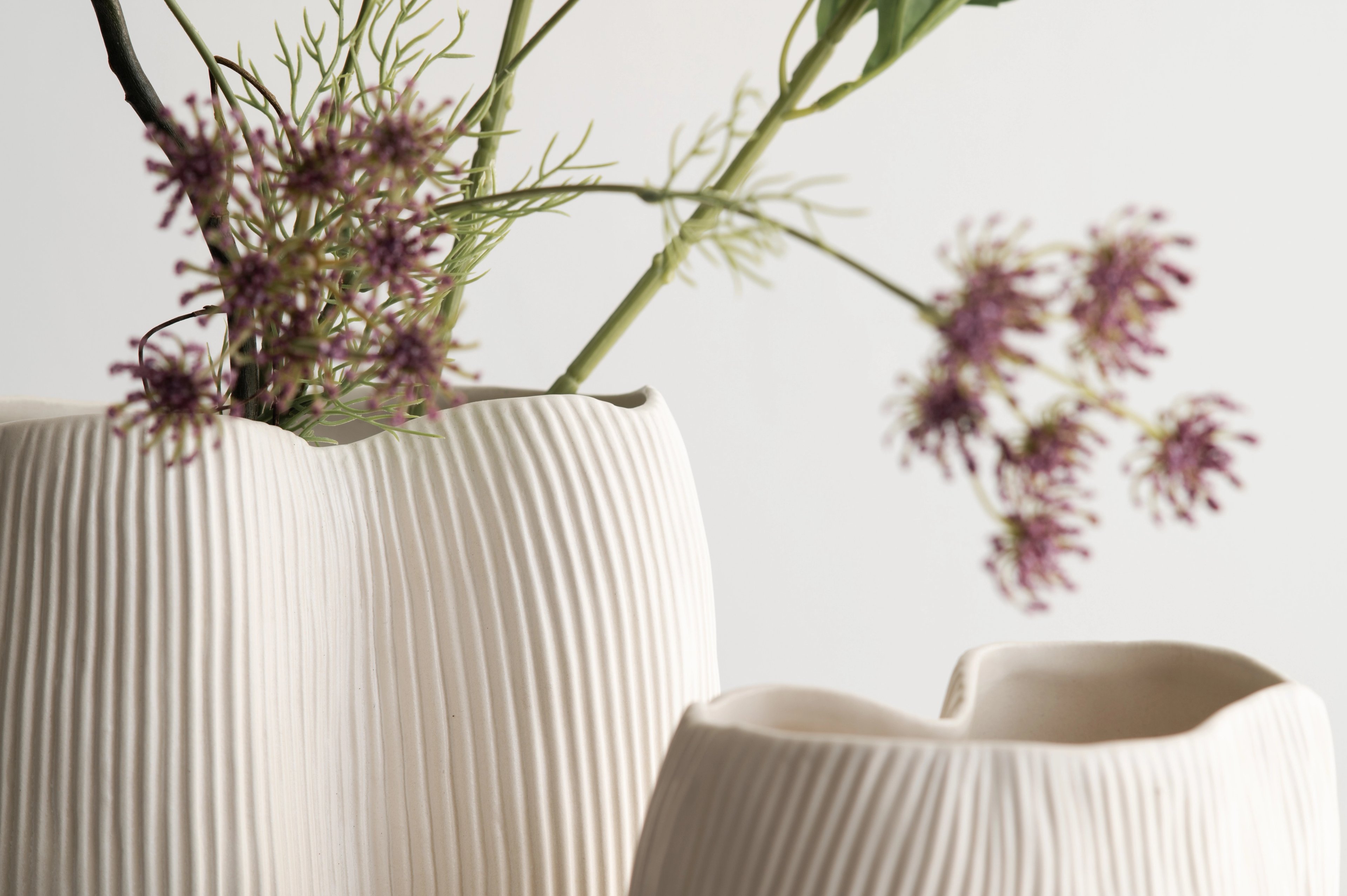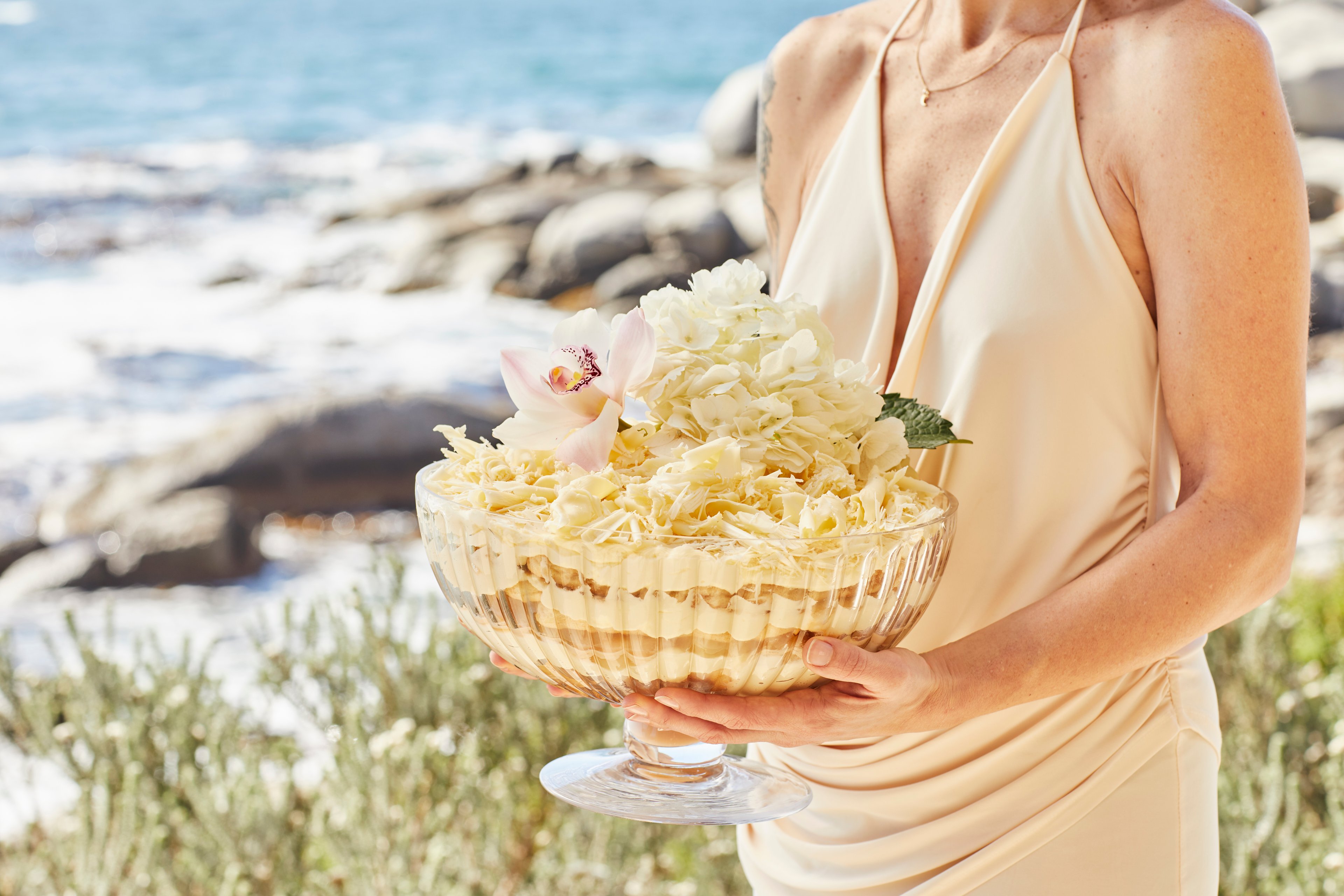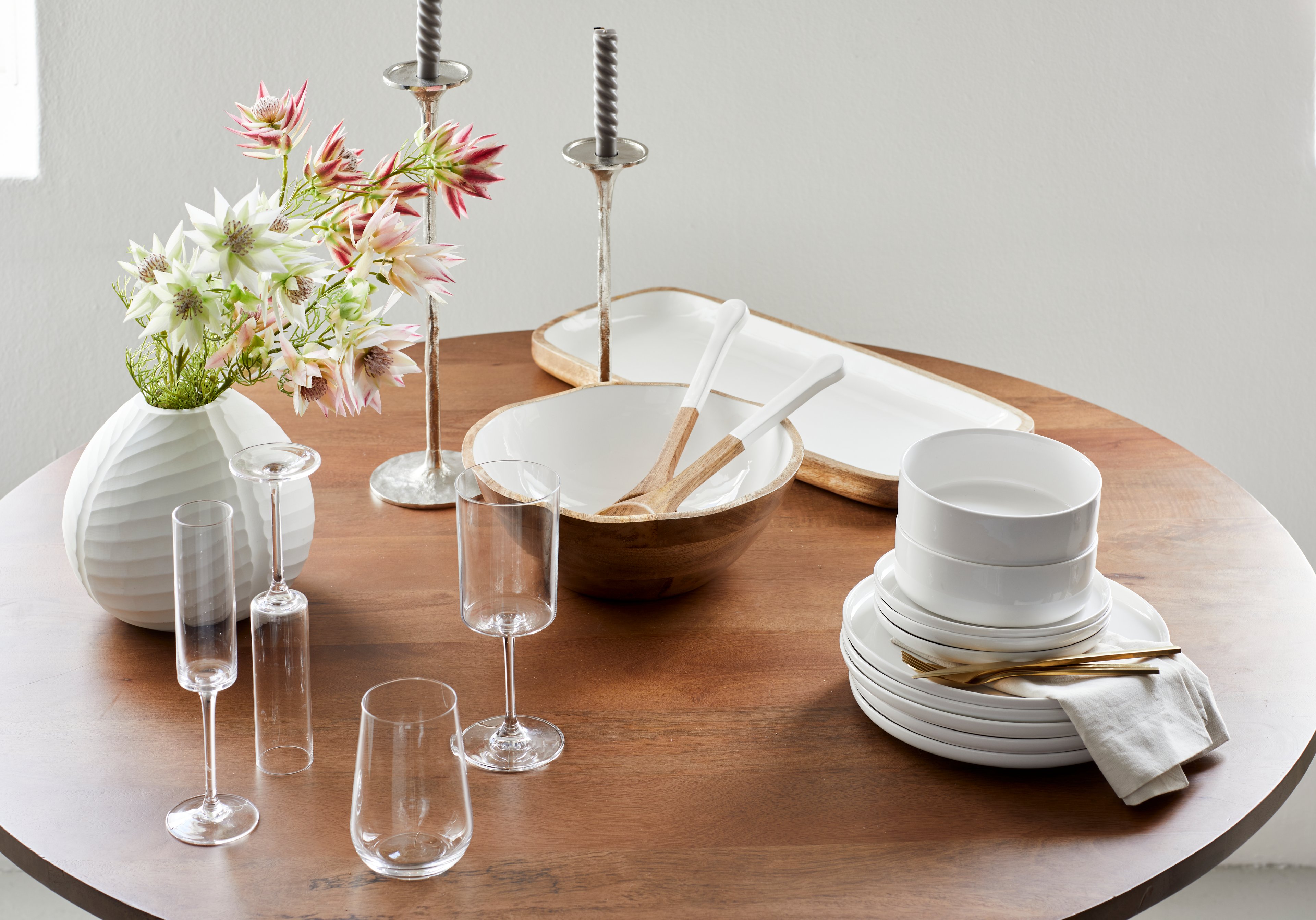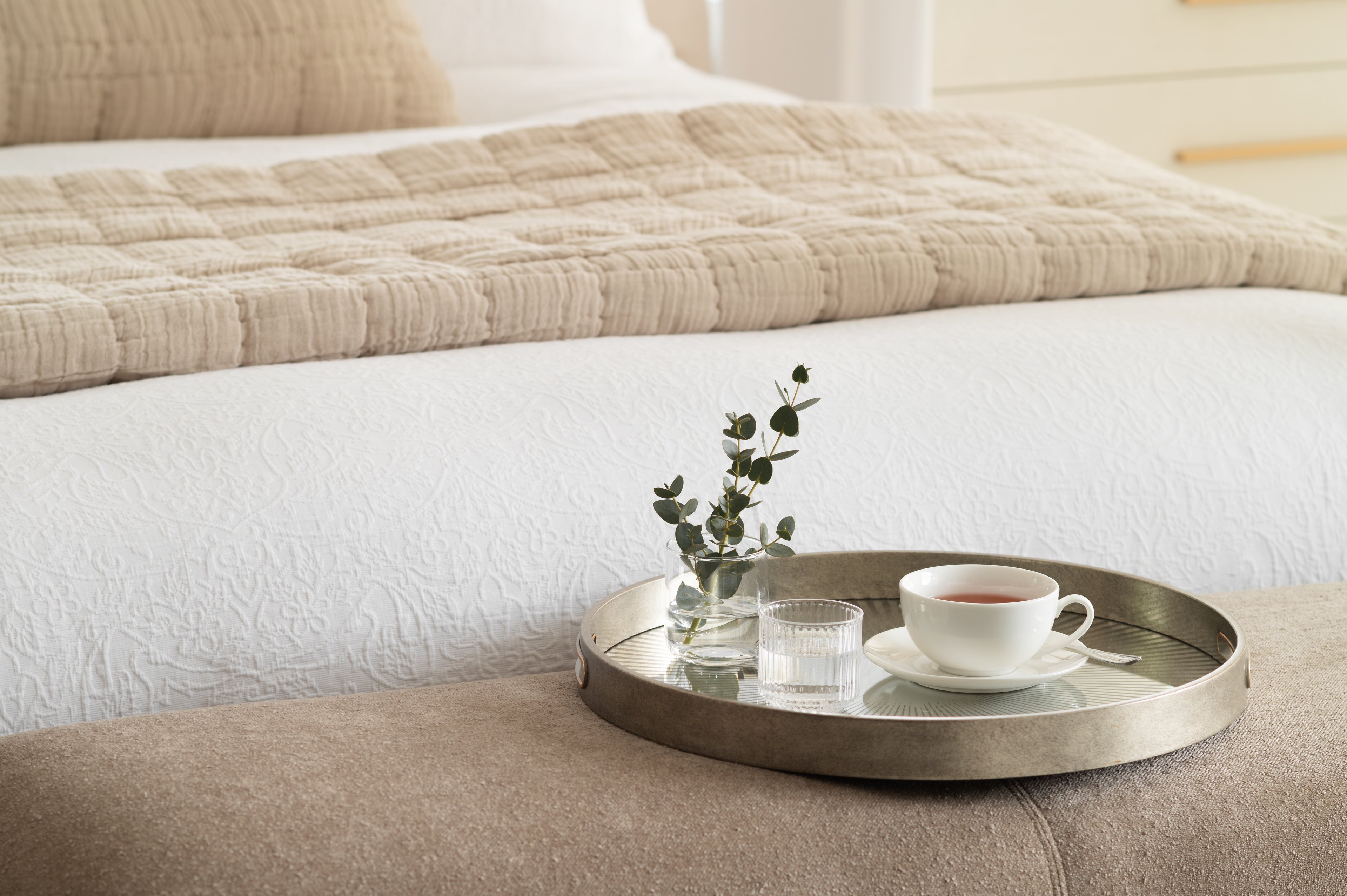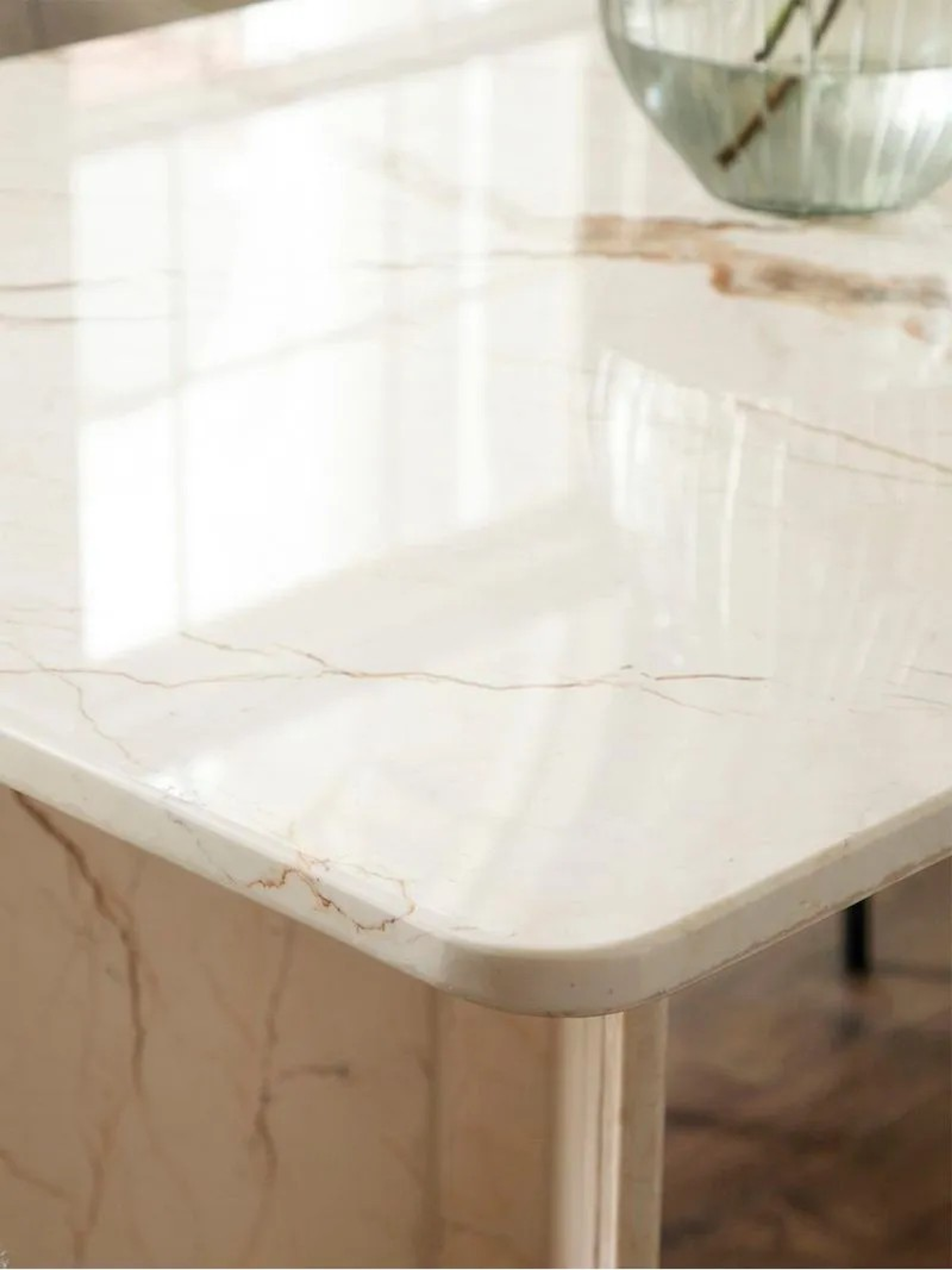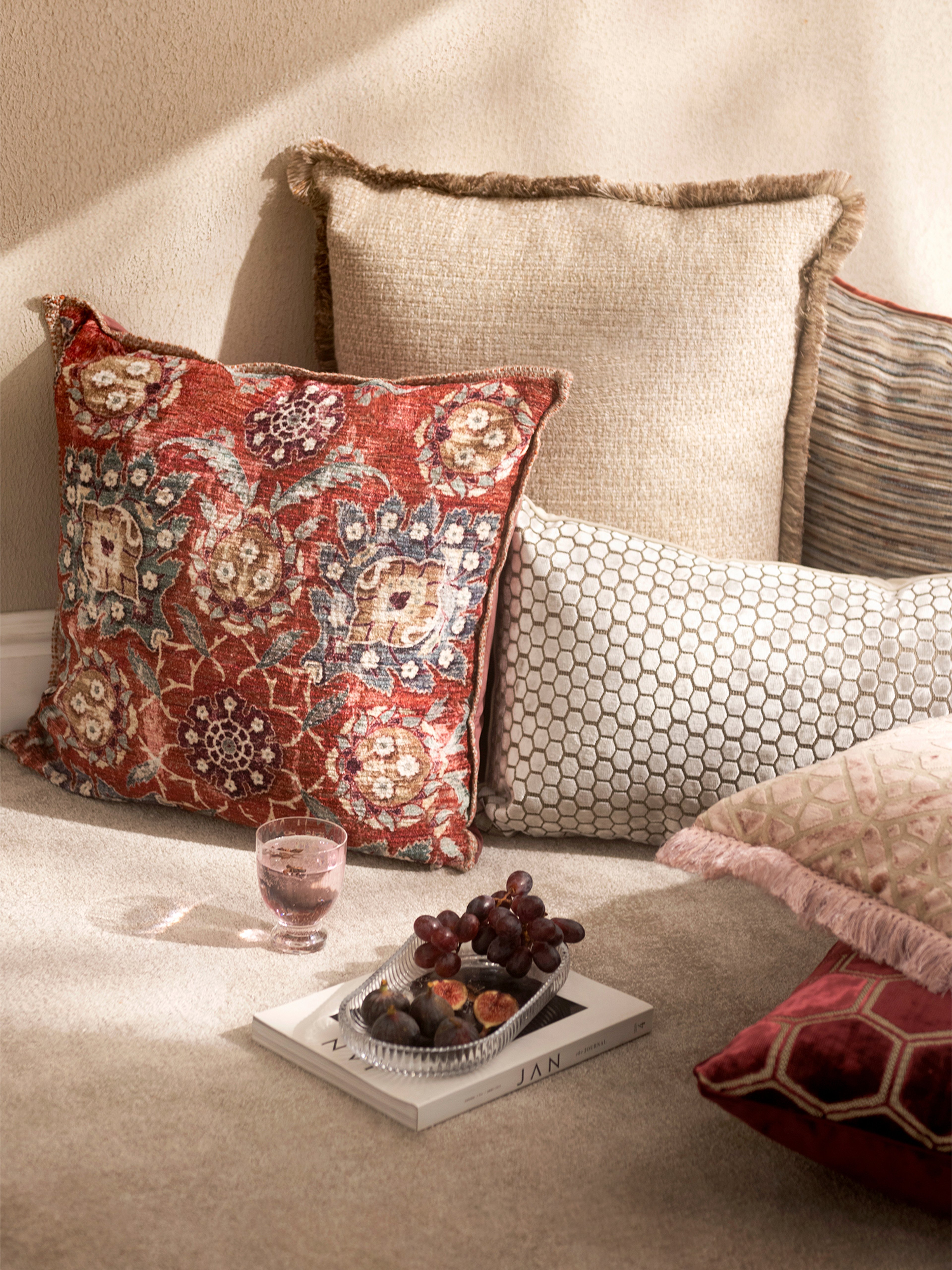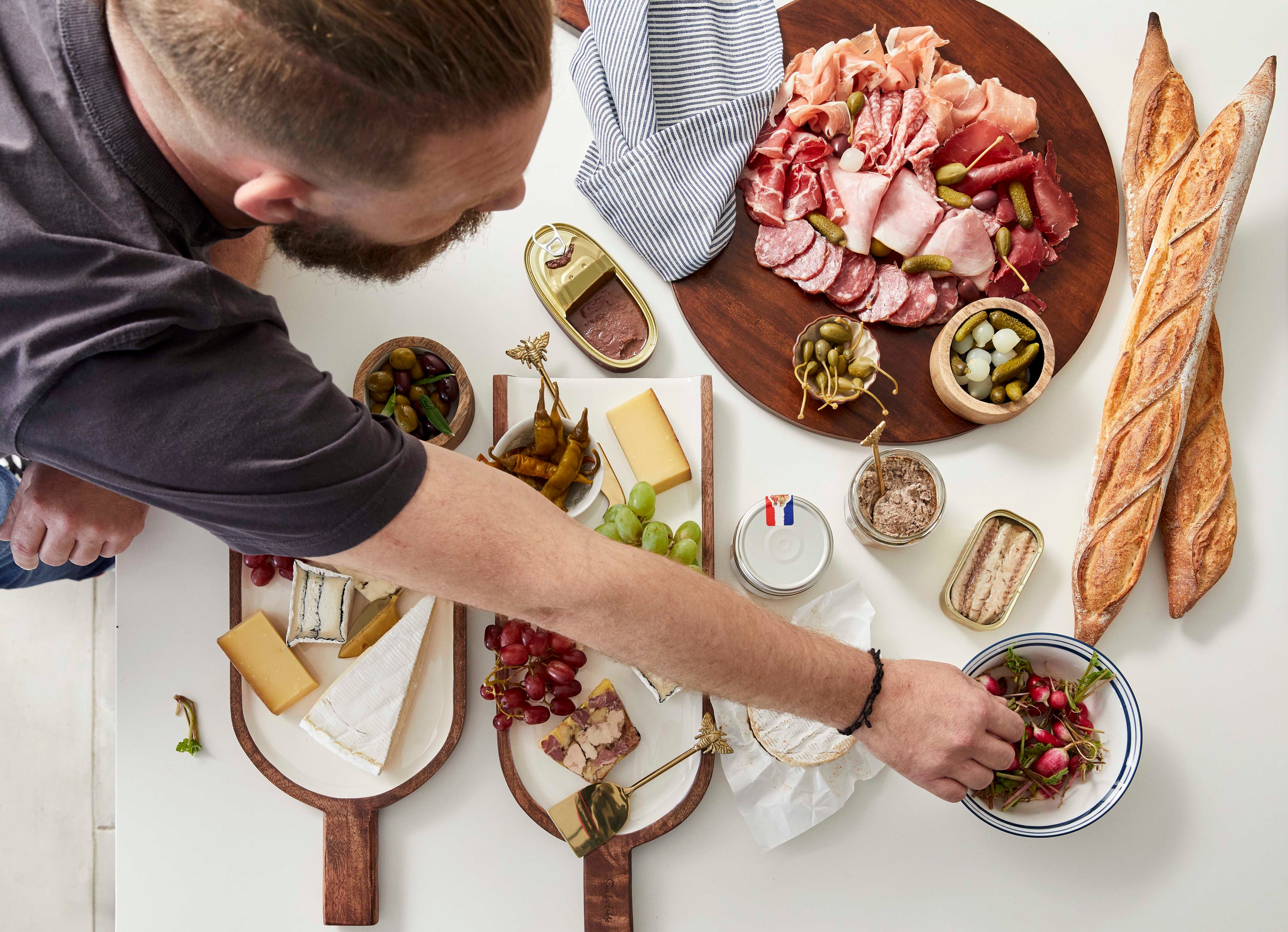The Ultimate Guide for Leather Furniture: Types, Care, and Maintenance Tips
share

A Guide to Leather Furniture
Leather furniture is a timeless investment that brings sophistication, durability, and comfort to any space. Whether you're looking for a luxurious full-grain leather couch or a sleek, leather alternative, understanding different leather types and proper care techniques will help maintain their beauty for years to come.
Understanding Leather: Types & Characteristics
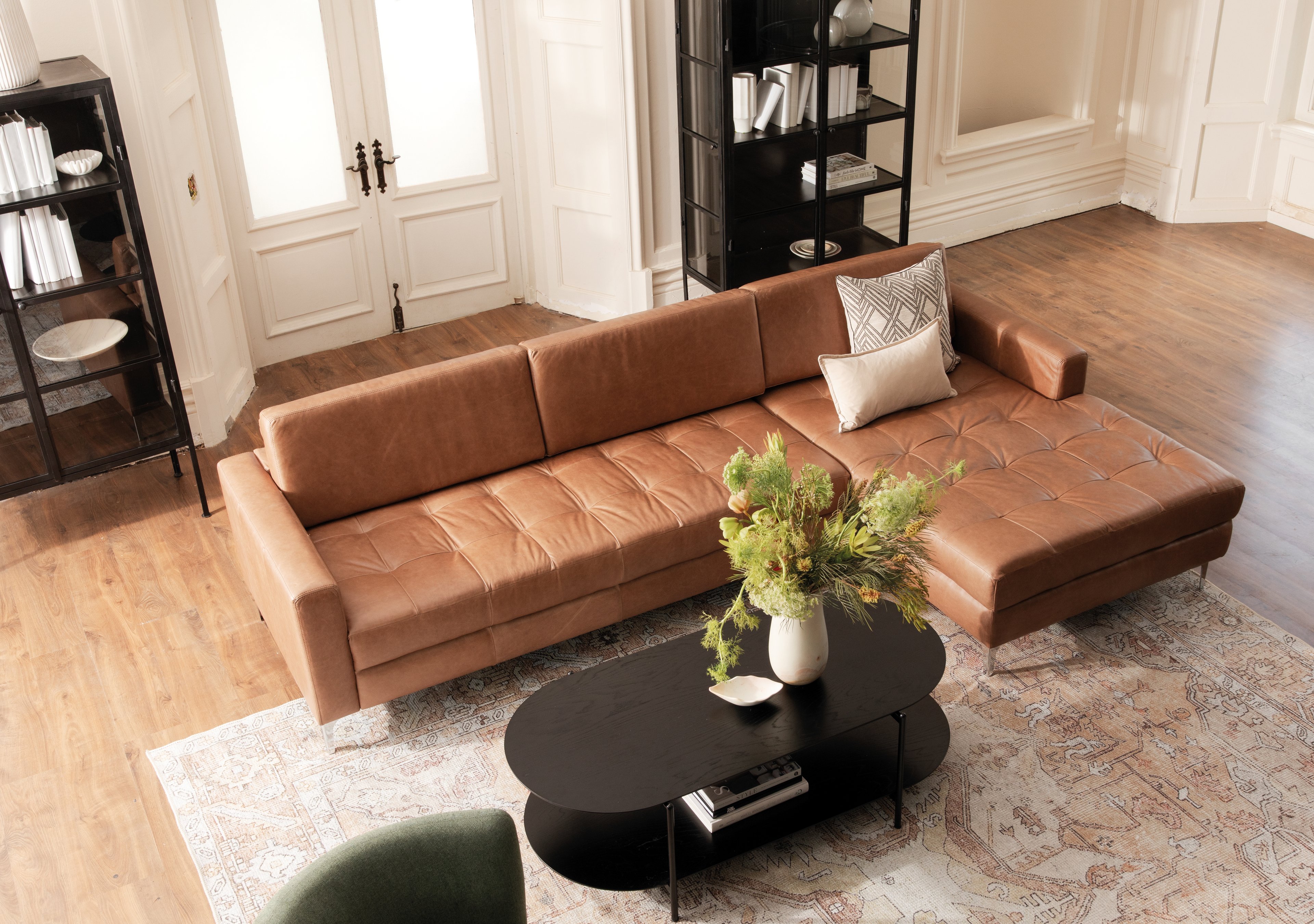
1. Full-Grain Leather(Premium & Natural)
Full-grain leather is the highest quality leather, retaining the natural grain and markings of the hide. It develops a beautiful patina over time, adding character and uniqueness to each piece.
Best for: Those who appreciate natural textures, durability, and aging beautifully.
Care Tips: Wipe with a dry, soft cloth; avoid harsh cleaners; apply hide food once a year.
2. Full Aniline Leather (Luxurious & Organic)
This leather is dyed with soluble dyes, leaving it soft and silky while preserving its natural markings. Aniline leather is rich in character but more sensitive to stains.
Best for: Leather connoisseurs who love the natural beauty and texture of uncoated leather.
Care Tips: Keep away from direct sunlight and heat; blot spills immediately with a dry cloth.
3. Leather-Like Fabric (Durable & Affordable)
Leather-like fabrics, such as Air Leather, mimic the look and feel of real leather while offering enhanced durability and breathability.
Best for: Homes with children or pets, offering a low-maintenance yet stylish alternative.
Care Tips: Vacuum regularly; wipe with a damp cloth for easy cleaning.

Leather Hide Variations: What to Expect
Leather is a natural material, meaning each hide has unique features that contribute to its authenticity. Here are some common characteristics:
Neck Wrinkles: Found in all hides and will vary based on the age and fat distribution of the animal.
Backbone Area: Natural texture variations can appear along the spine.
Colour Variance: Due to the organic nature of leather, slight differences in shade may be present.
Tick Bites & Belly Wrinkles: These natural markings tell the story of the hide and add to its uniqueness.
Natural Markings: Healed scars, scratches, and insect bites are common, reflecting a life lived outdoors.
Grain Variation: Different sections of a hide will have varying grain structures, contributing to the uniqueness of each piece.
Brand Marks: Some hides may display brand marks, which are considered natural characteristics rather than defects.
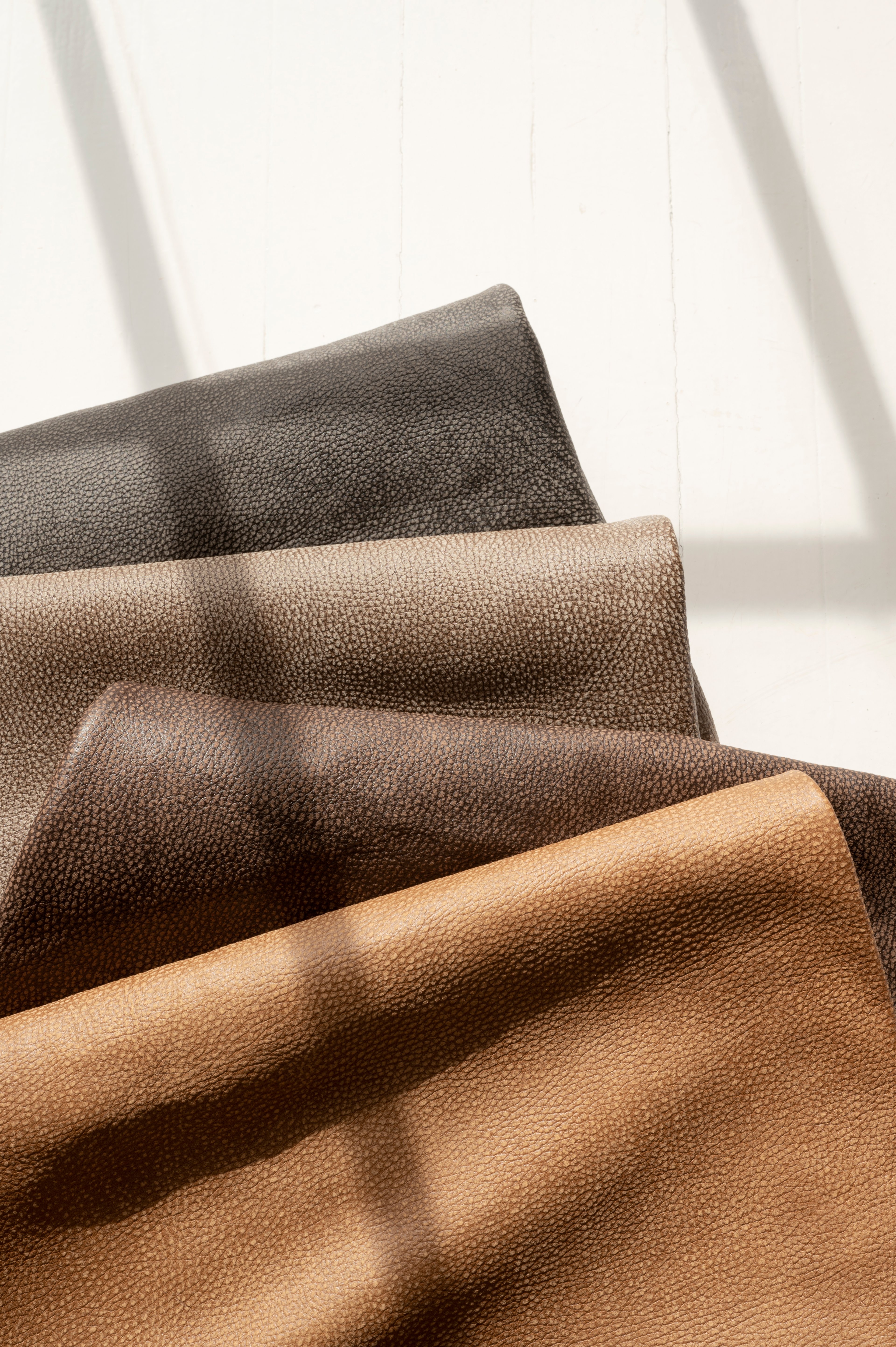
Leather Furniture Care Guide
Taking proper care of your leather furniture ensures it remains beautiful and durable for years. Follow these expert care tips to maintain its timeless elegance and comfort:
Regular Cleaning
Vacuum Weekly: Use a soft brush attachment to remove dust and dirt from the leather surface.
Wipe Regularly: Clean the entire surface, not just dirty spots, with a soft, dry cloth to prevent dust accumulation. This will help maintain a uniform appearance and keep the leather looking fresh.
Immediate Stain Removal
Clean Spills Immediately: Dab spills with a clean, absorbent cloth—never rub, as this can damage the surface. Blotting helps prevent stains from setting in.
Avoid Chemical Cleaners: Do not use water, harsh detergents, or chemical cleaners, as they may damage the leather's surface or cause fading. Stick to leather-specific cleaners or gentle solutions.
Protecting Against Damage
Avoid Direct Sunlight: Keep leather furniture out of direct sunlight to prevent fading, discoloration, and brittleness.
Keep Away from Heat Sources: Heat from fireplaces, heaters, and even laptops can dry out the leather. Keep furniture away from these sources to preserve its quality.
Move Furniture Regularly: Rotate furniture regularly to ensure even wear. This extends its longevity and helps keep it looking pristine.
Avoid Sharp Objects: Keep sharp objects like pet claws, belts, buckles, and jewelry away from the furniture to prevent scratches and abrasions.
Maintaining Structure and Comfort
Rotate and Plump Cushions: Regularly rotate cushions and plump them up to prevent uneven wear. This helps maintain the structure and keeps your couch looking plush.
Avoid Sitting on Armrests or Backrests: To maintain the structural integrity of your leather furniture, avoid sitting or leaning on the armrests or backrests.
Nourishing with Hide Food
Apply Hide Food Every 3-6 Months: For sealed leather, applying hide food every 3-6 months will help maintain suppleness and enrich the color. Be sure to avoid using hide food on buffed leathers like the Nima range and Brown Huxley.
Investing in leather furniture means embracing its natural beauty and uniqueness. By understanding the different types and caring for them properly, you can enjoy timeless elegance and comfort for years to come. Whether you choose full-grain, aniline, or leather-like fabrics, a well-maintained piece will always add sophistication to your space.
